Taking Performing Arts Photos: My To-Do List
Some of the first assignments I got while working for Periódico ¡AHORA! in Holguín were to shoot performances. Although I lost many of those photos, I still keep some of them on my Flickr profile. At the those times, I was shooting with either point-and-shoot cameras or bridge cameras. Getting my first DSLR camera opened a whole new universe for my performing arts creativity, and I welcomed it dearly.
Baseball was what got me into photography. However, shooting performing arts in Cuba proved to be a major challenge. The light is not always what we would need as photographers; and, even with a DSLR camera, you still need to have fast lenses for it.
Although I started with good but not great lenses, I learned how to make things work. Some of my performance photos, even with bridge cameras, make me really proud, and they have been included in at least one of my posts.
As I started getting used to the DSLR and the challenges it can bring to some people, I learned how to navigate a performance. The truth is I was shooting Manual mode even with my first point-and-shoot, because I was very lucky to have some true professionals of the lens like Amauris Betancourt, Javier Mola and Maikel García to push me to the edge. These three men sparked my curiosity to go the extra mile and try to be a better photographer with what I had.
I also had the privilege of having to work theater performances alongside Carlos Rafael Díaz, a seasoned photographer who worked for the city theater, and who actually picked up the job I left when I left the newspaper. I also kept a close eye on Lázaro Wilson, a photographer that did gigs solely for La Luz, the cultural newspaper for the province.
My First True Mentor Was Not a Photographer
However, if I am truly honest, the person that helped me the most when it comes to performing arts photography, is not a photographer. My biggest mentor in this field was a musician. Jeremy ‘Harry’ Harris fell in love with Holguín during the 2013 issue of the Romerías de Mayo, a festival that has religious connotations and takes place in the Cuban city of Holguín every year from May 2, to May 9.
In 2014, a few months after I got my first DSLR, he came back. I photographed his rehearsal because his handler in Holguín (Joyce Jiménez), and the drummer of Mephisto, the band he was performing with (Rigoberto Ricardo), were both my university classmates for six years.
So, I got full access to Jeremy, both backstage and in the shows. And I had also written a piece for ¡AHORA! about what people could get from his music. Joyce had given me a CD, and had made me listen to it and make a piece for it.
When Jeremy got to Cuba, he greeted me as a brother, and we bonded over me understanding his music and learning his moves. That’s why some of my best performance shots came from him: we knew each other, and he knew that being attentive to me was going to results in good photos.
Thanks to Jeremy (although others came afterwards), I managed to understand how performance photography works and how to connect with an artist performing live.
The List
So, I came up with a small list of things you should do while shooting performing arts. Bear in mind, other photographers may have different thoughts and strategies on how to do this. Yet, this is the way I go about it:
Do your research. Research everything, from venue, to people to light, before you even commit to take the photos.
Know what you are shooting. You need to know if you are shooting a rock concert, a jazz concert or ballet. All these performances definitely will make you have a different lighting setting for your camera.
Don’t let your taste be a problem. One of my philosophies that I think applies to everything is not letting your opinion meddle with your photography. The same way your political opinion should not influence you, as I stated before while talking about politics, you should not let the fact that you don’t like someone influence your work. If you don’y like the genre, don’t let that keep you from enjoying a free show and taking good pictures.
Know your subject. You need to know who you are photographing. Sometimes, the actor, singer or dancer will simply have a different style compared to other people in their genre. Knowing that will save you a lot of trouble and will help you prepare for certain ‘unexpected moves’ they may come up with.
Go to rehearsals. Going to rehearsals is extremely crucial when you are photographing any type of performance. If it is visual like a dance or a play, it will help you anticipate the moves. If it is sound-oriented, like a band, it will help you know where the most intense music may come and what the reaction of the crowd and the musicians could be. Also, shoot while attending rehearsals: behind the scenes photos are always welcome. It was through rehearsals that I got to know Jeremy Harris’s personality and what helped me capture good photos of Patricia Rincon’s play Alice in Toltec-land while in San Miguel de Allende.
Learn your venue. Not all venues are the same. It is important as a performing arts photographer to come to the venue at least two hours before the show, learn where the lights are, where the sweet spots are, and where you can shoot from without being a distraction to paying guests. That includes, best angles, how to move around without disrupting the viewers, etc.
Know and capture the audience. Even though it is always more important to center your attention on the stars of the show, it is also important to understand how the audience may or may not react. There are concerts in which you know that shooting the audience is a waste of time. But other concerts, like the one I shot of Cuban band Cimafunk in Hartford, with Cubans in attendance, requires your attention addressed to the crowd as well. I learned this from my friend, the late Kathy Willens, who mentored me into paying attention to crowd’s reactions while witnessing any type of public event. If there is joy and happiness, capture that as well: the performers are the center, but their performances are nothing without the audience.
Capture details. While performing, small details can render really great pictures. Close up photos of the artist showing emotion, the hands or fingers of the artist playing his/her instrument, or the feet of a ballet dancer are really meaningful shots that can indeed bring more power to the series.
Establish a connection. The top reason for Jeremy being my top provider of good concert photos was that I established a professional and personal connection with him. This opened the doors not only to countless opportunities of backstage access, but also to him actually finding me in the crowd and giving me the poses I needed. It also helped me with the North Atlantic Grand Prix of Dance Vladimir Malakhov, in which the guys that won knew me and I knew them and their performance.
Know your limitations. If your budget is not very strong, you may encounter limitations in terms of gear at the time of taking your pictures. With what I have, I know I can focus on shots from close range and center my attention in getting the best shots from that distance. I know that from afar, the quality of my photos will suffer.
Do not use flash. One of my biggest contradictions with people who have hired me to cover performances has been the fact that they want me to use flash. Using your flash in the eyes of people who are supposed to be focused on their instrument or their moves not only is disrespectful, but also can lead to distractions, bad performance, and even accidents.
Shoot, shoot, shoot. To me, there is no difference between sports and performance photography. They both involve high physical activity, movement and emotion. Shooting constantly will ensure that you have at least two or three good photos out of every ten photos you take.
Make them look good. I know only people can make themselves look good. However, if you follow all of the advice stated above, you will secure some good photos. While performing, people make faces they may not be happy with, like funny grimaces, closed eyes, open mouths, head tilting in a funny way. Knowing your subject will help you understand what photos to use and what photos not to use.
Do not be a distraction. One of the most important things a photographer needs to keep in mind while shooting a performance is the privilege of the audience. Those in attendance pay for most of the concerts or performances, and sticking your head or camera in front of them constantly is disrespectful and also unethical.
Post and tag. Well, this has nothing to do with photography per se. Yet, having good photos of a musician/band/dancer and not posting or tagging them is at best counterproductive. Your job has been done, your photos are great, and you need people to see them. Moreover, if the artist in question is active on social media, they can give you back a shoutout and that can lead to more business and gigs coming your way.
Conclusion





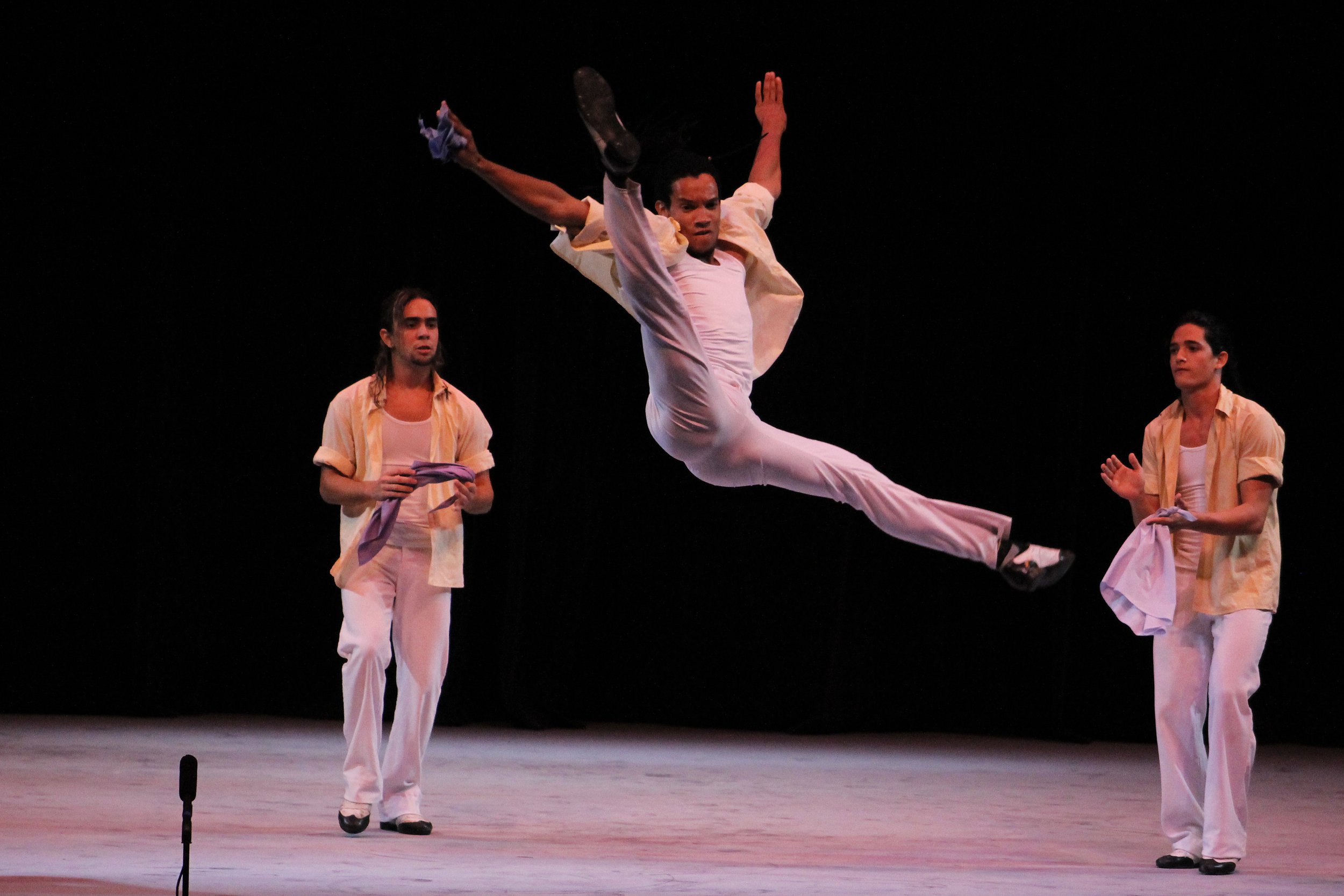
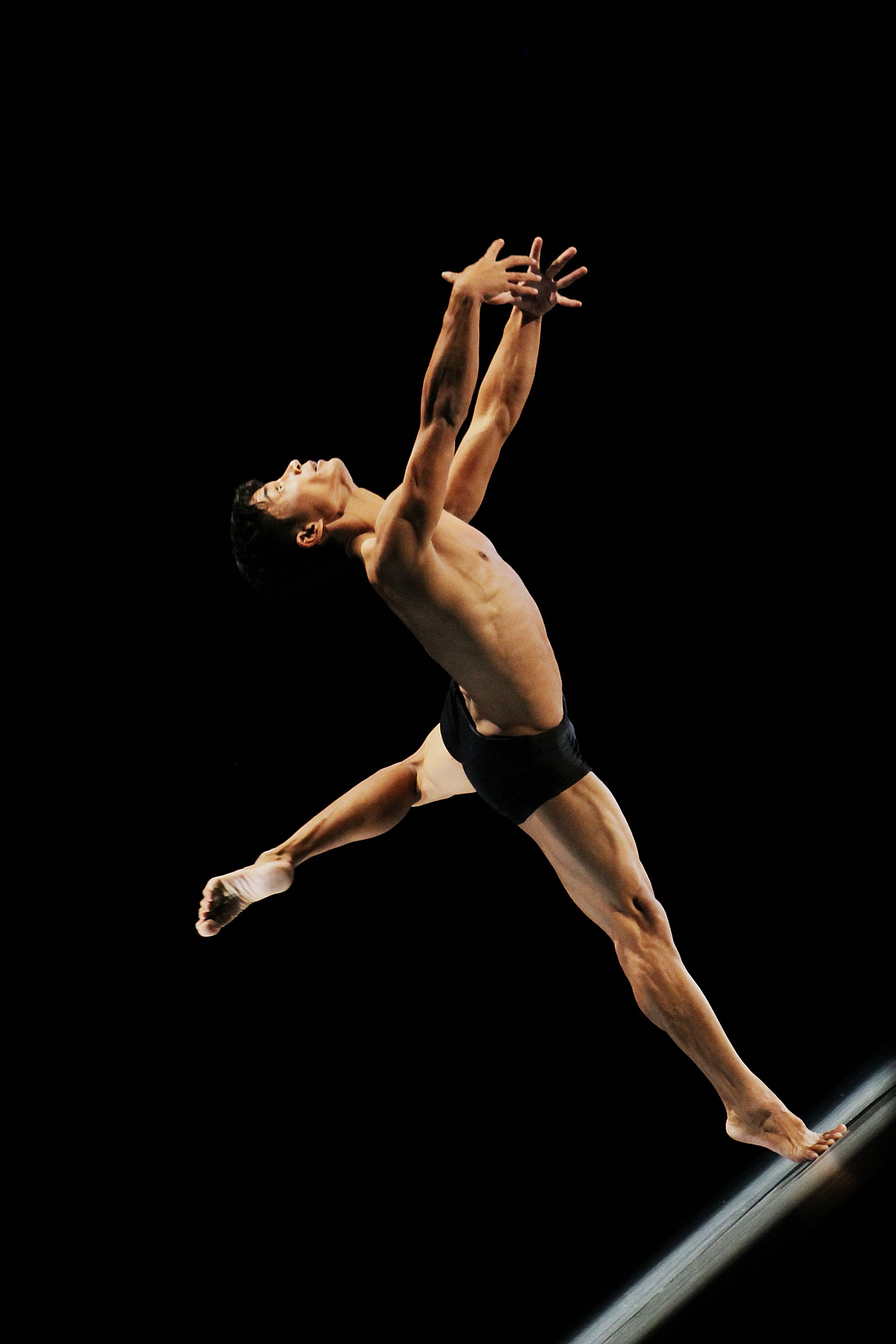
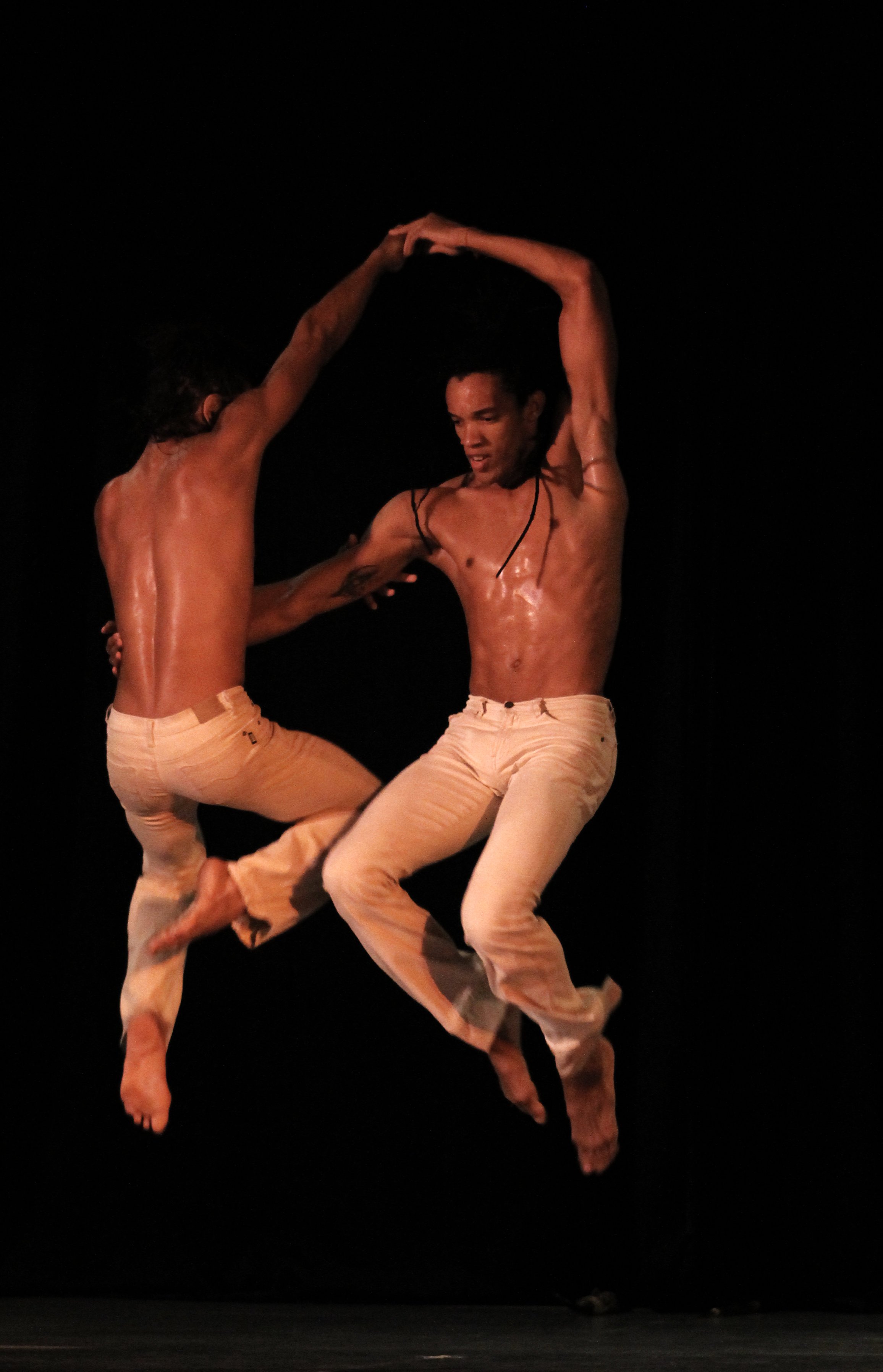
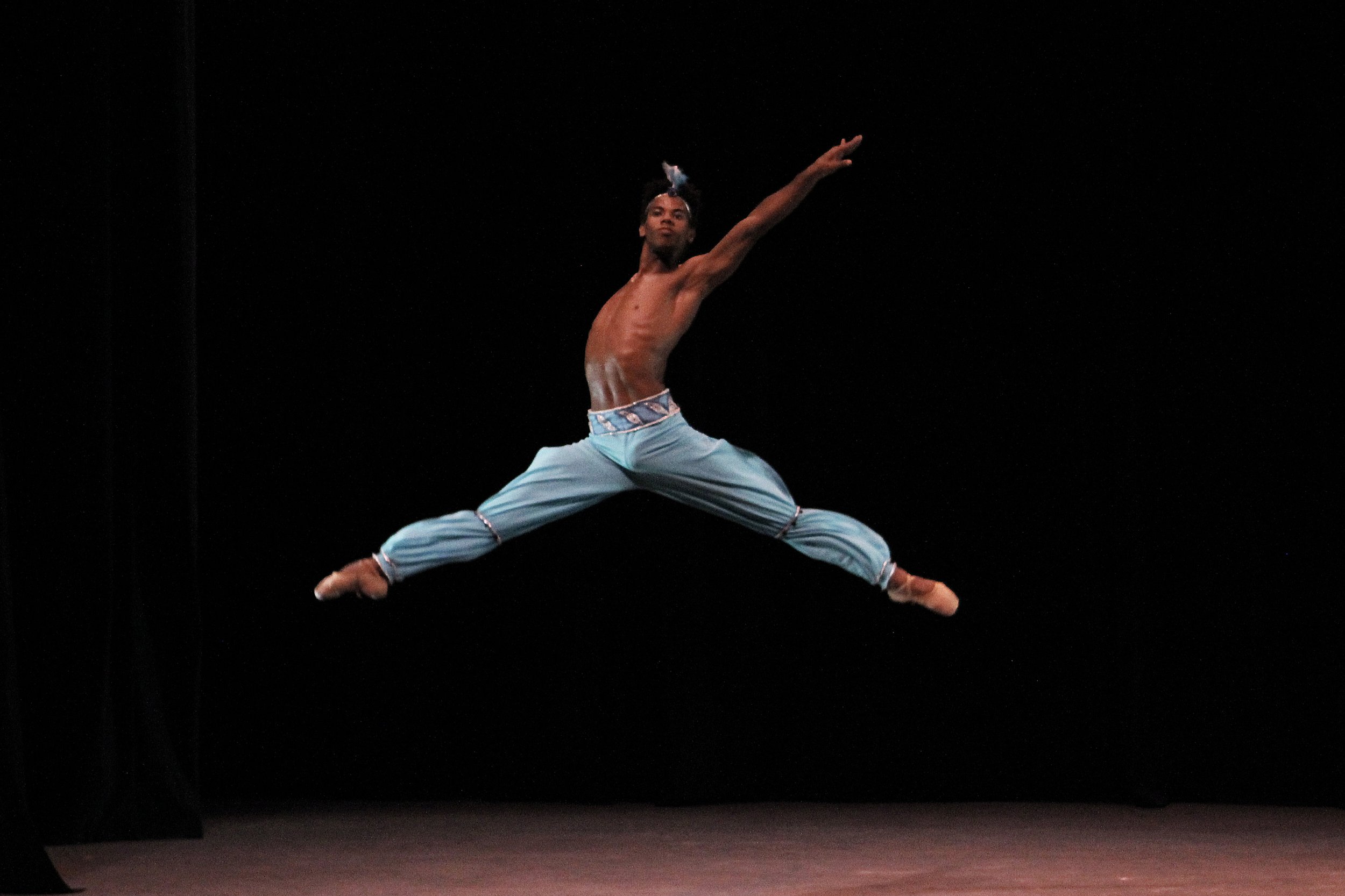
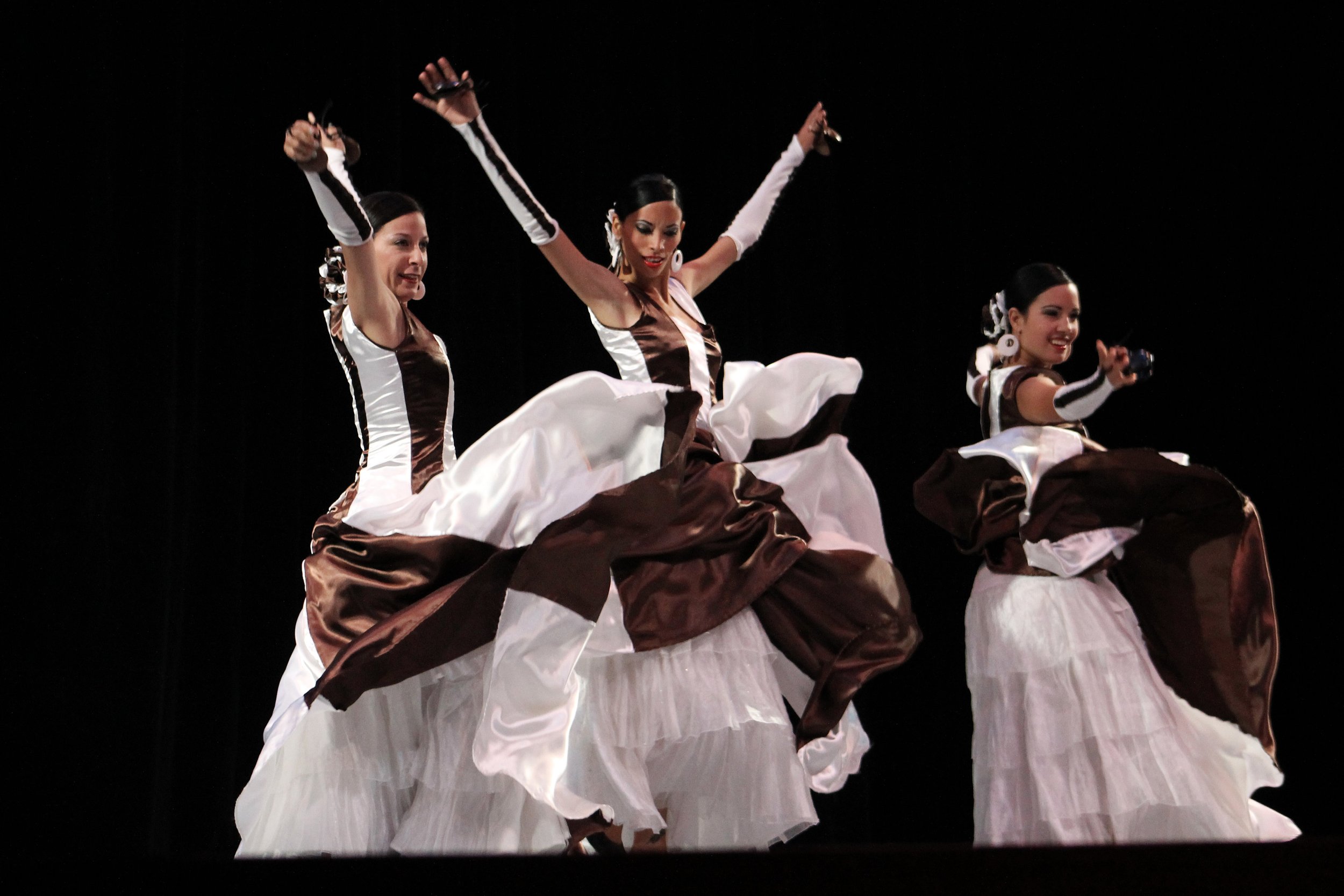

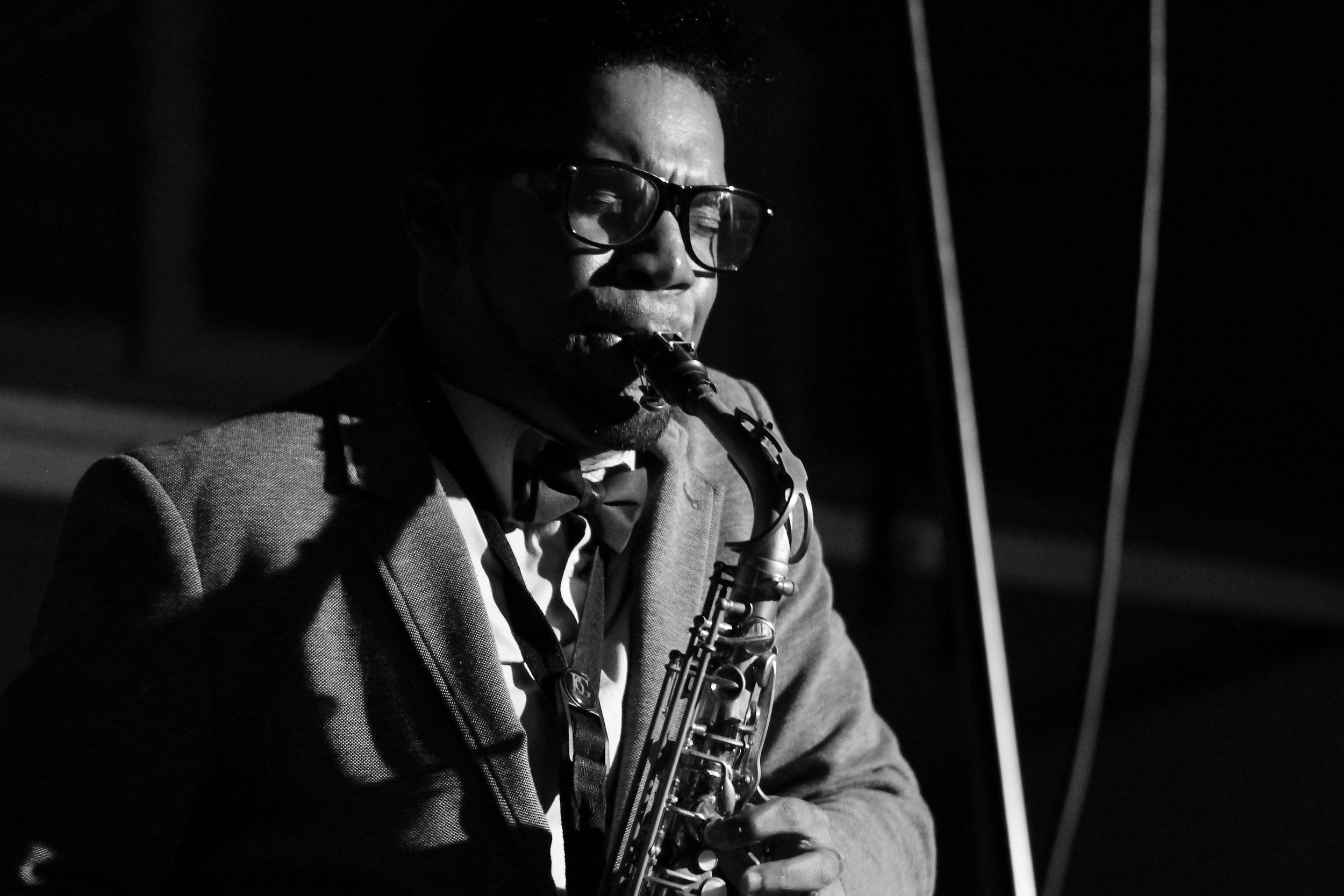
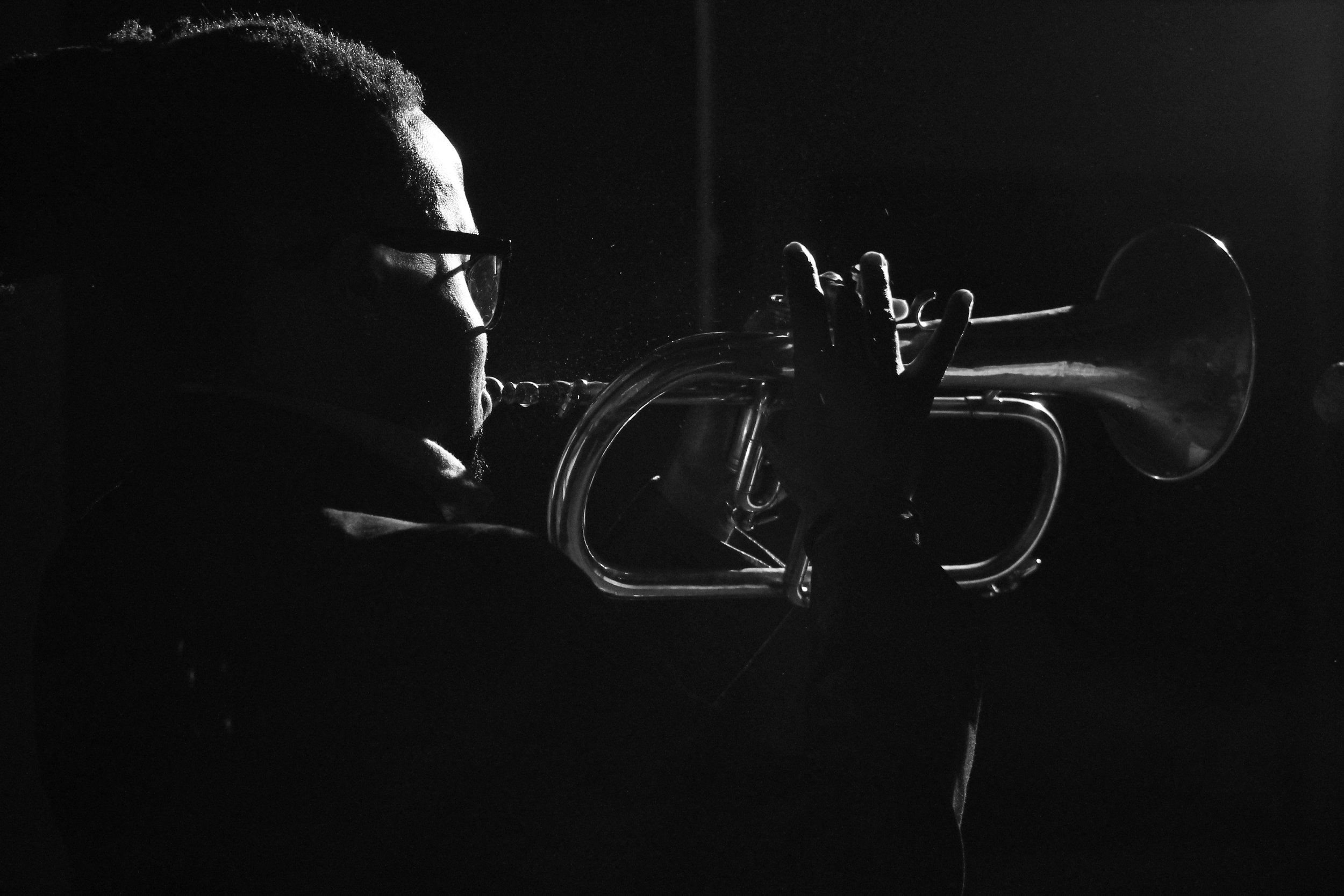
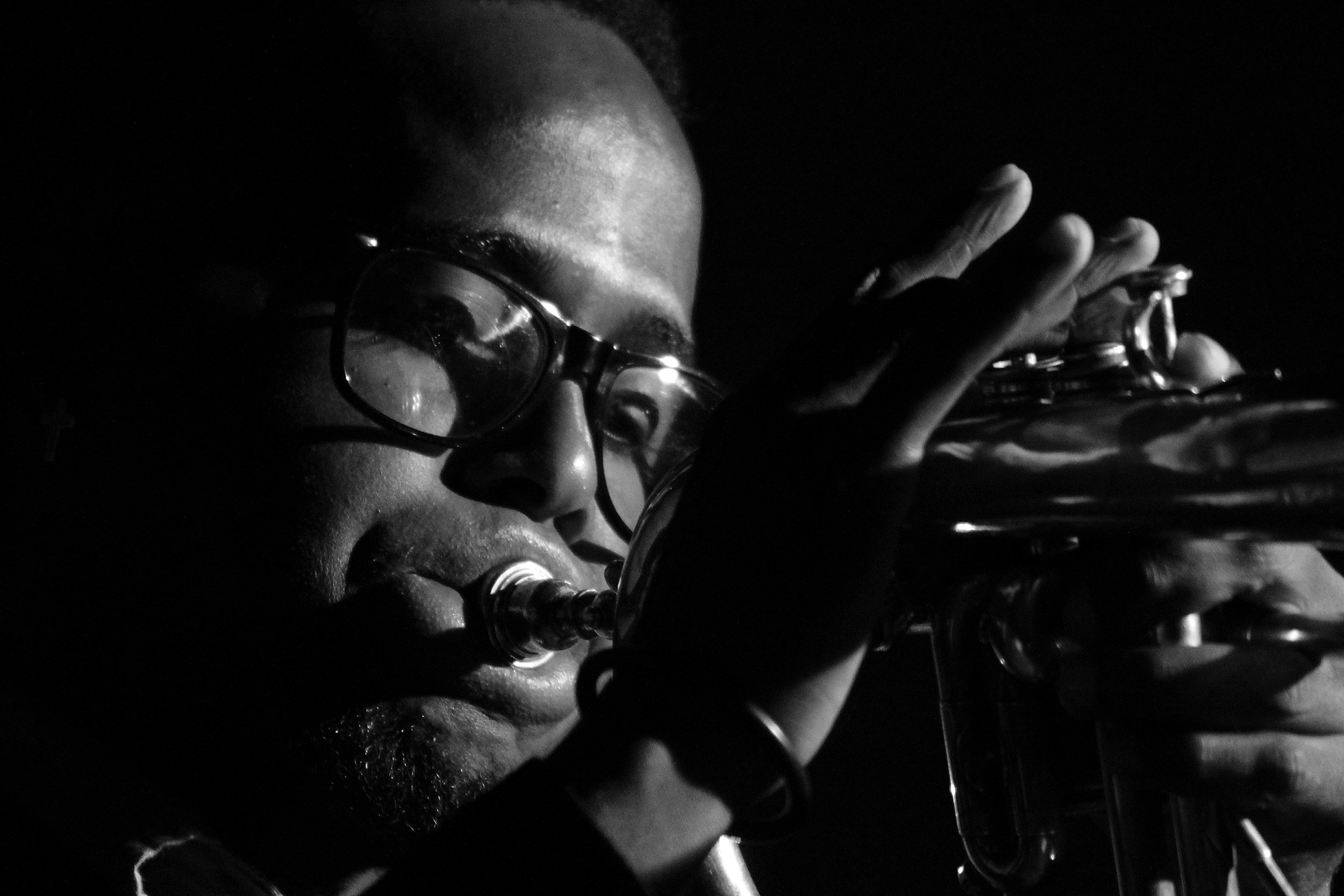
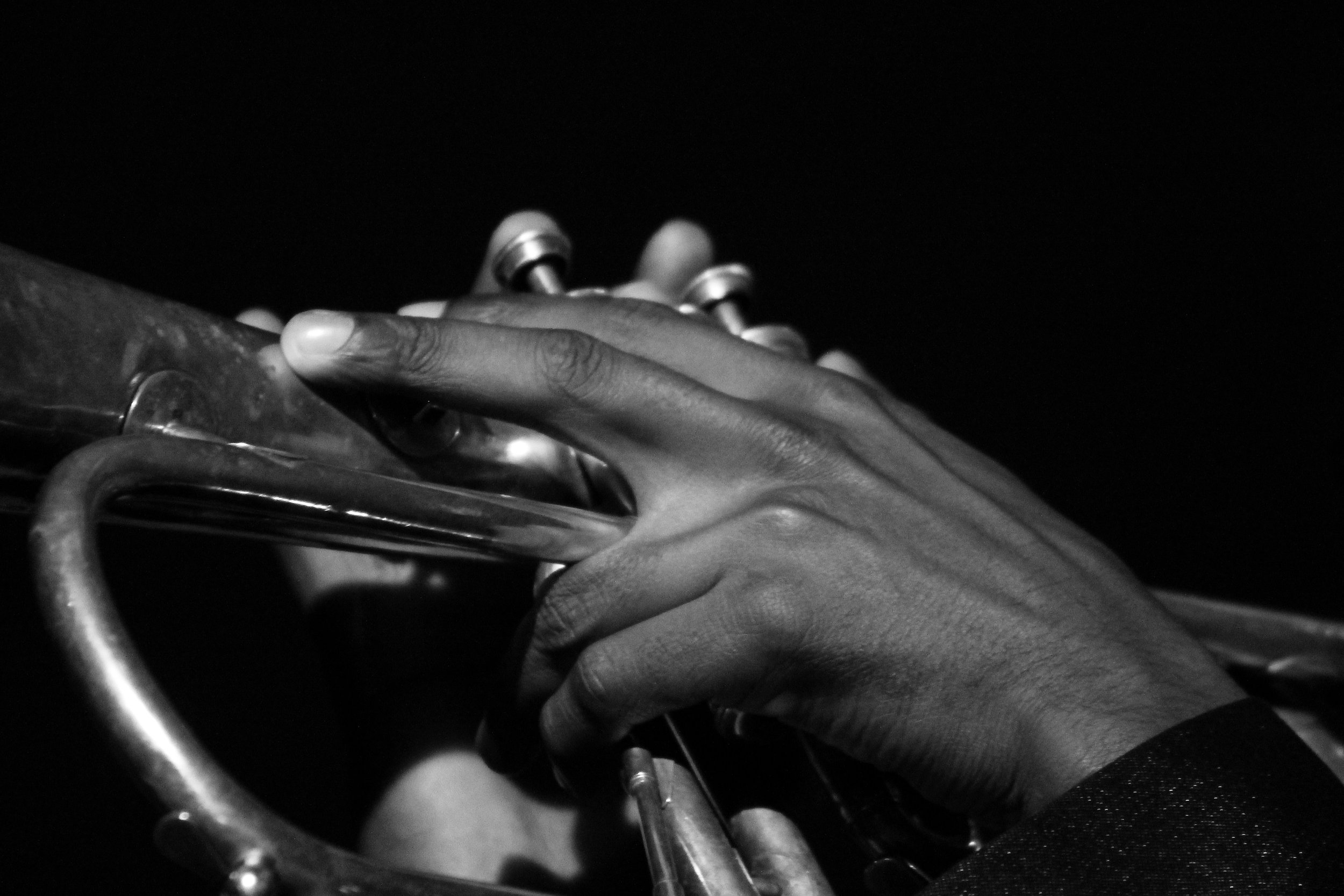
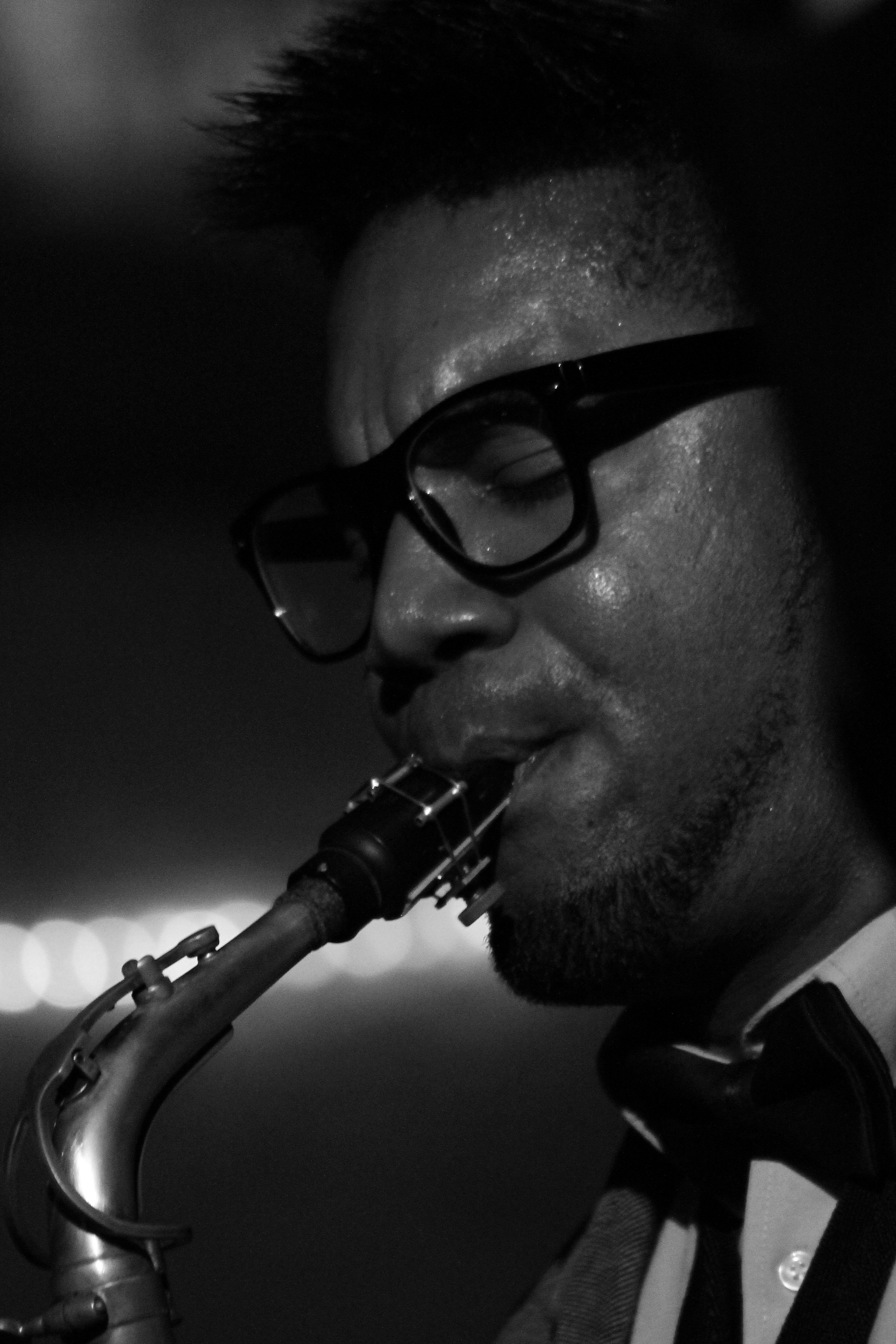

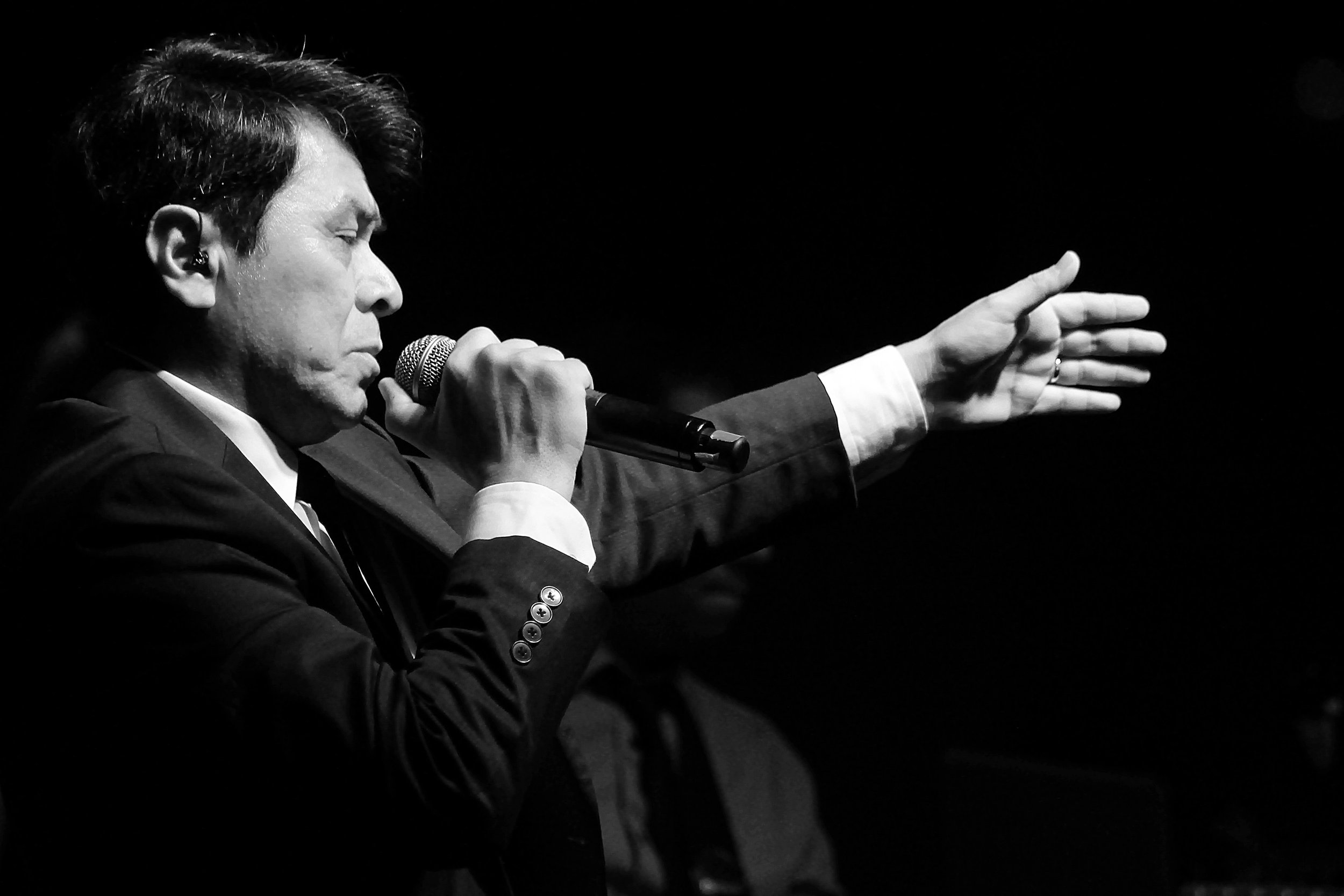






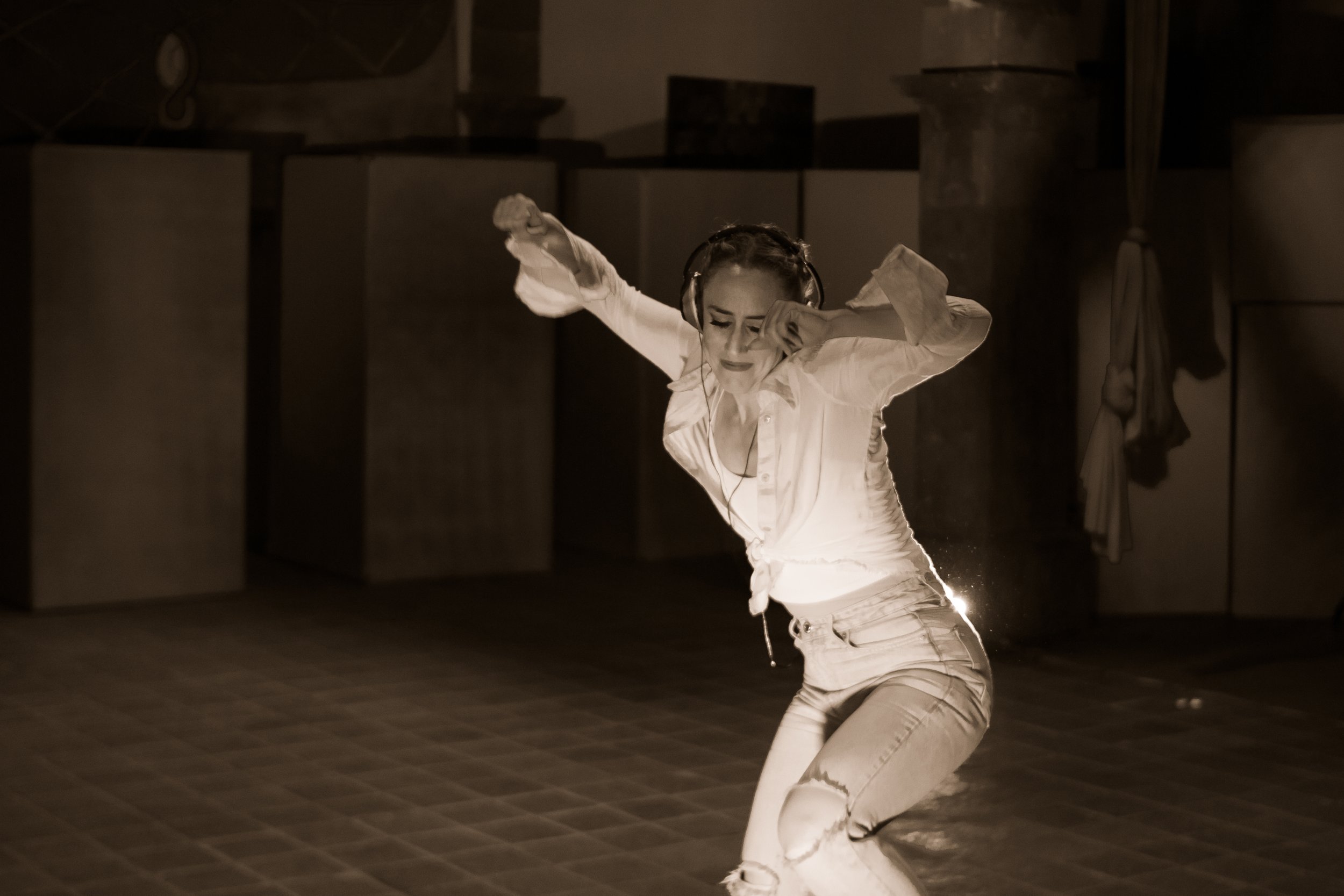
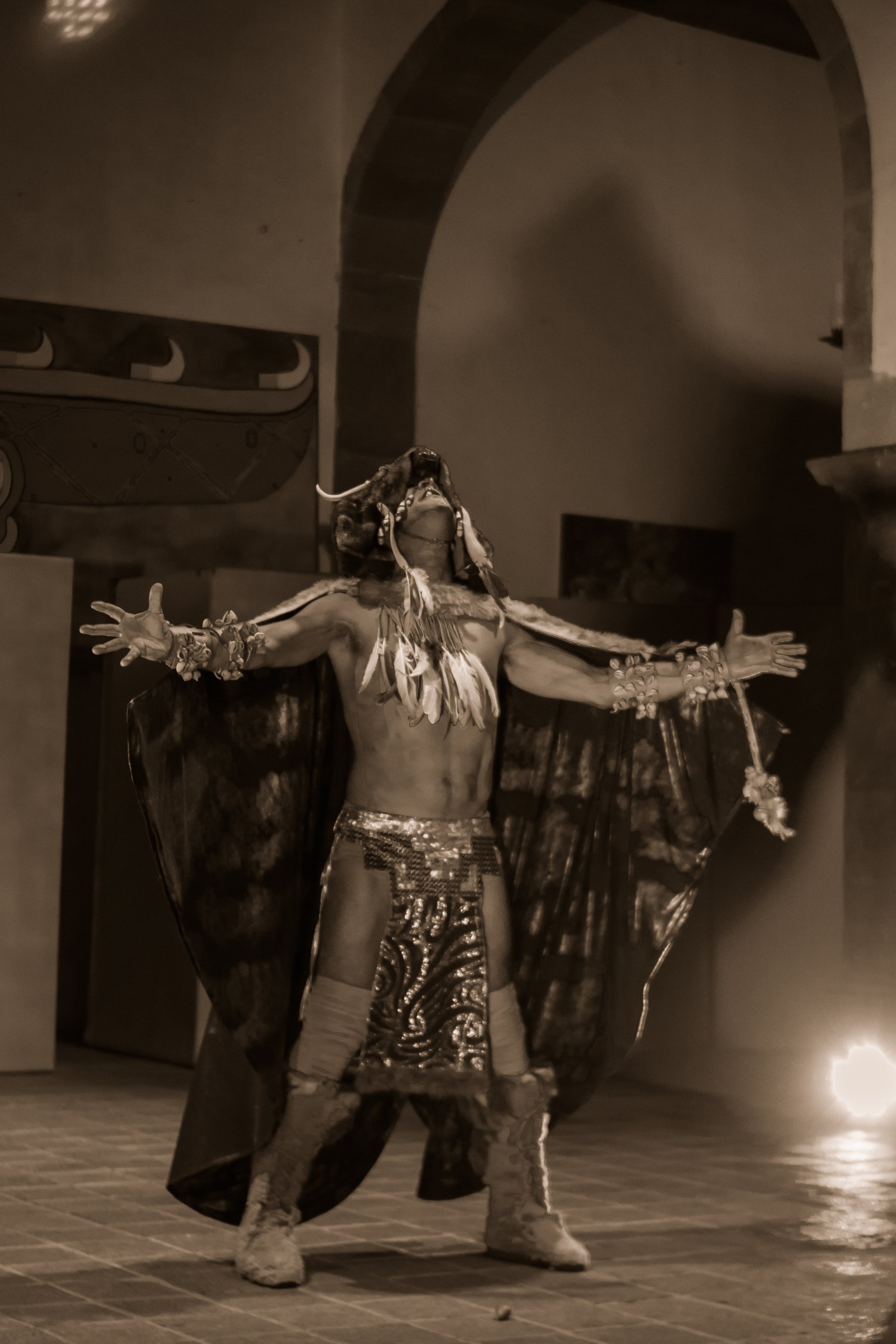
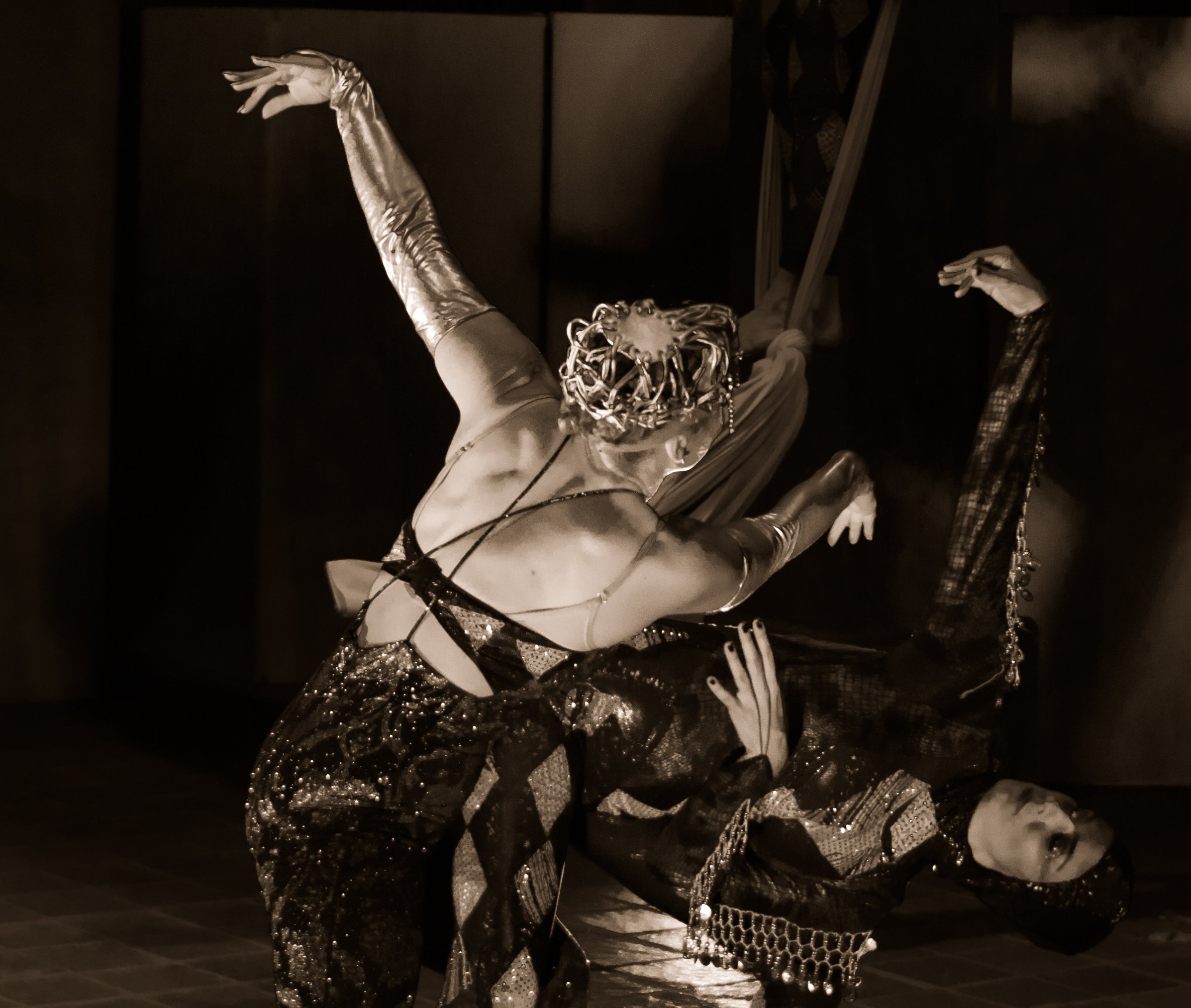
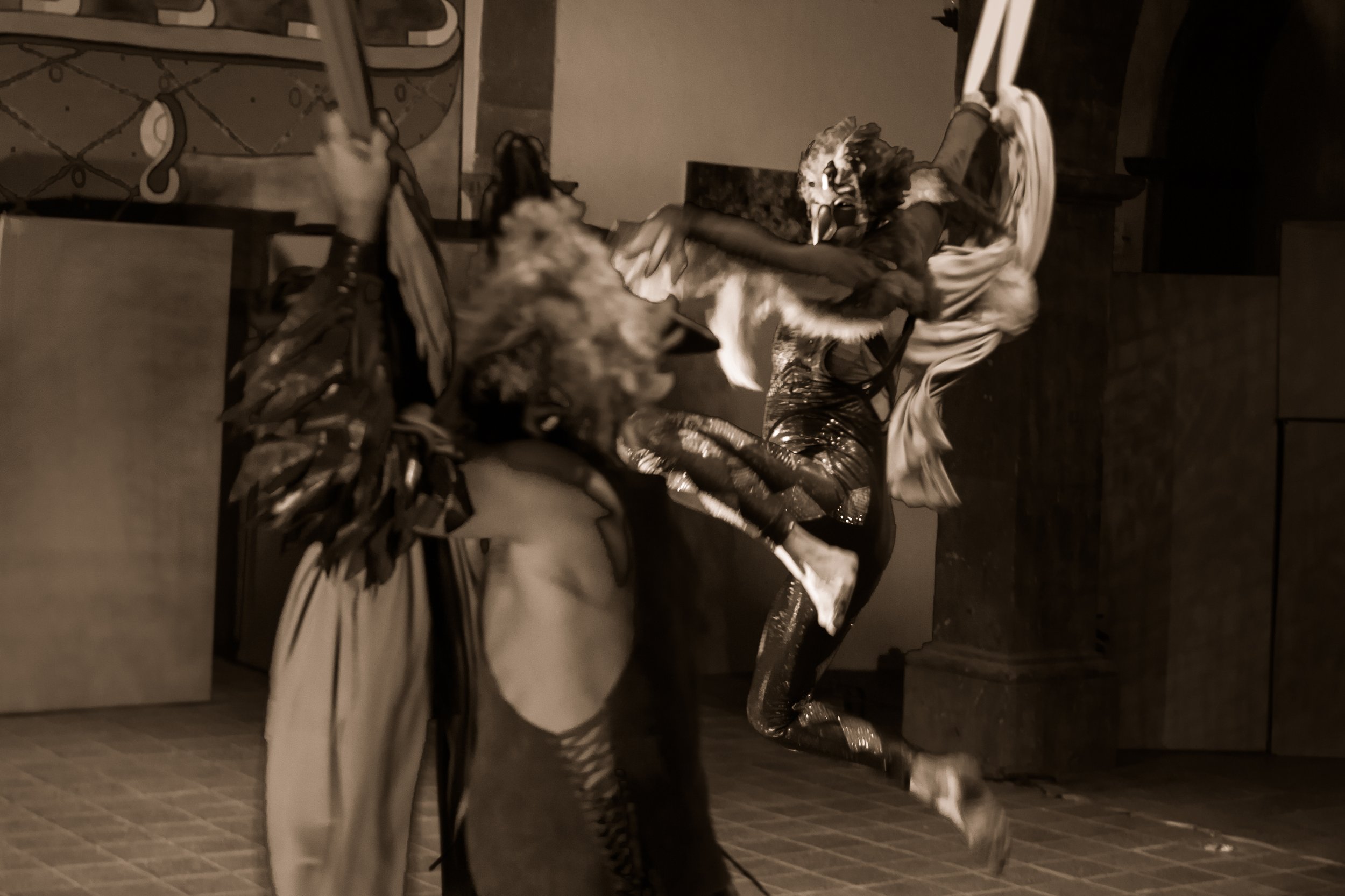
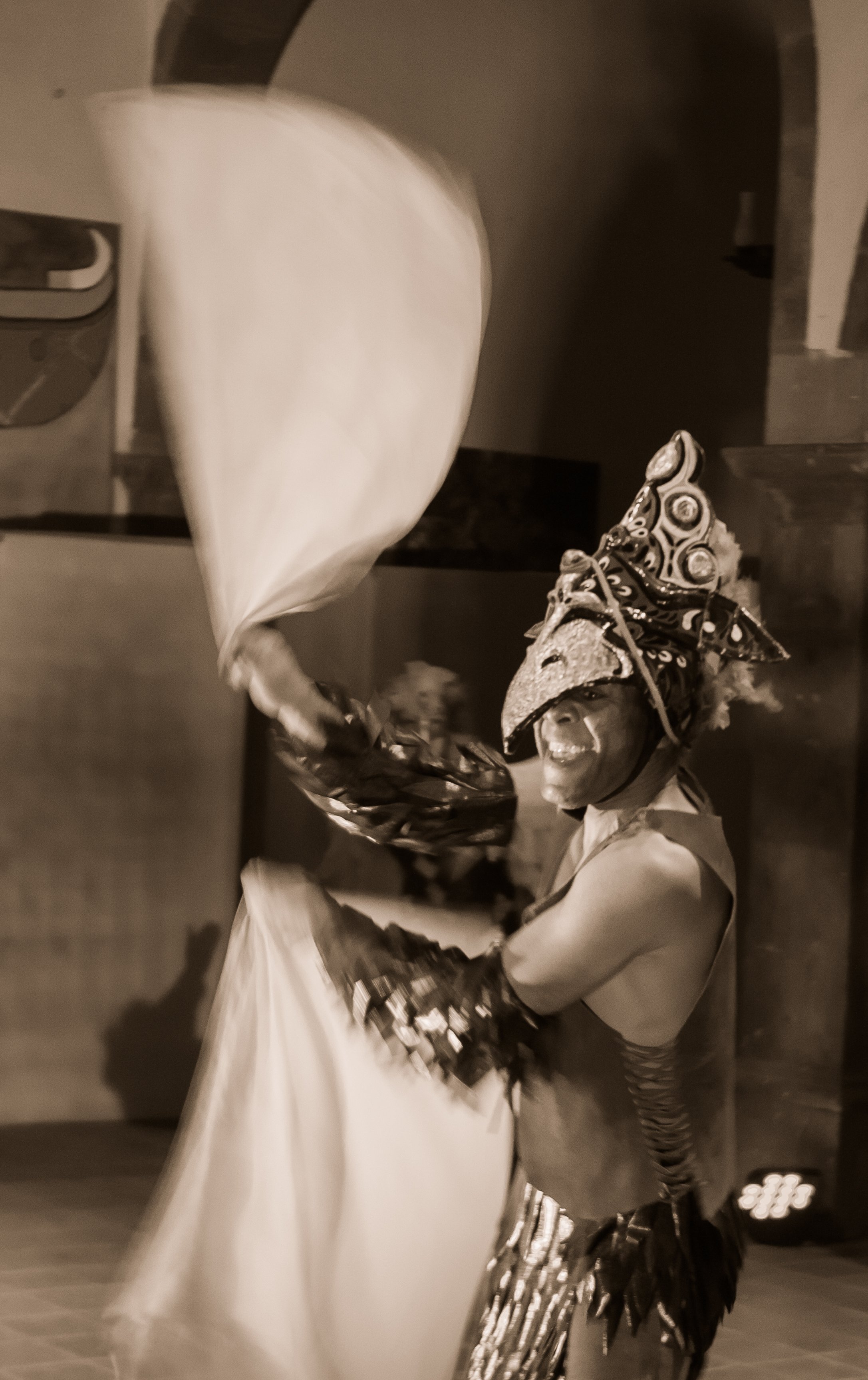
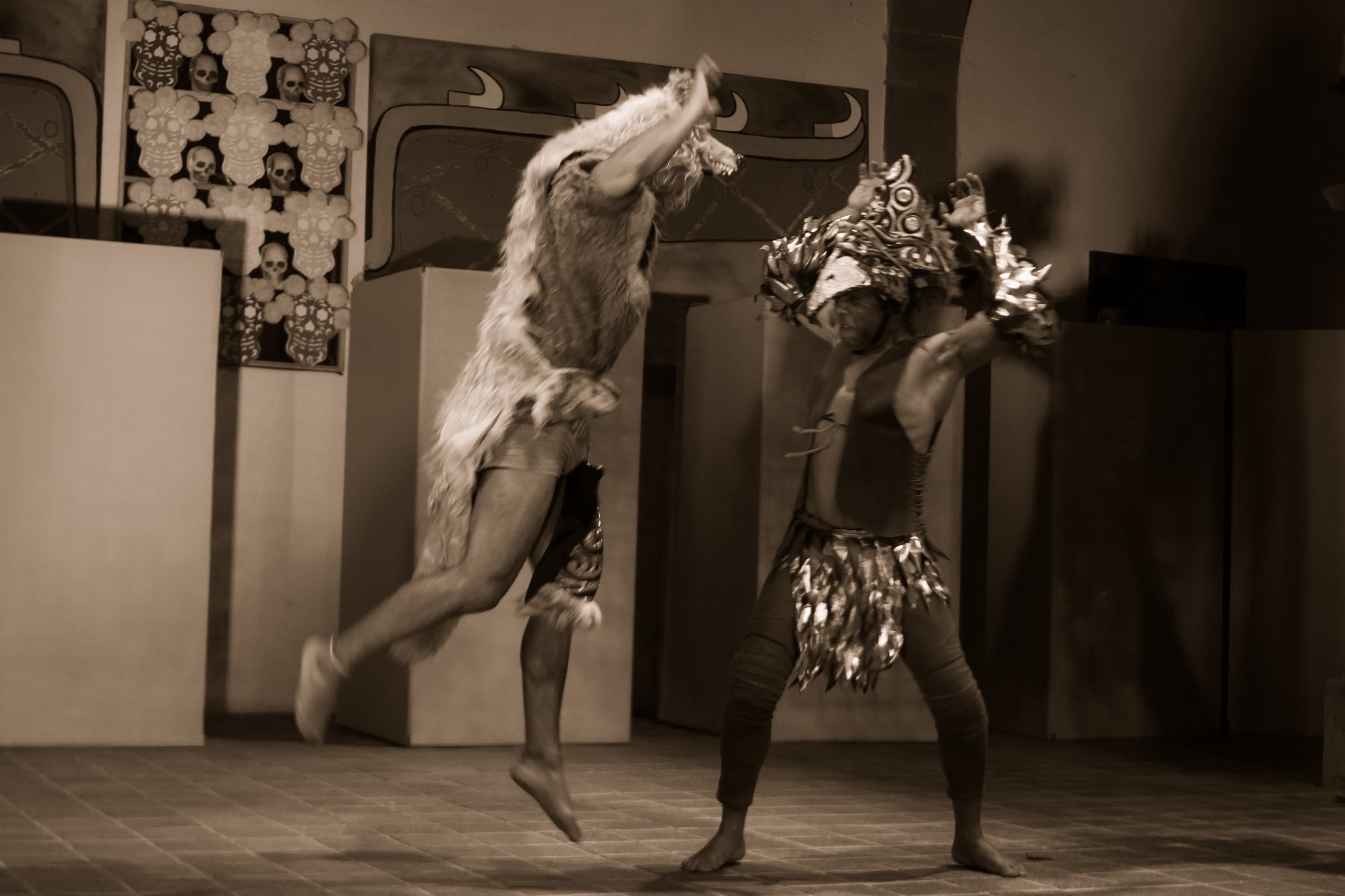
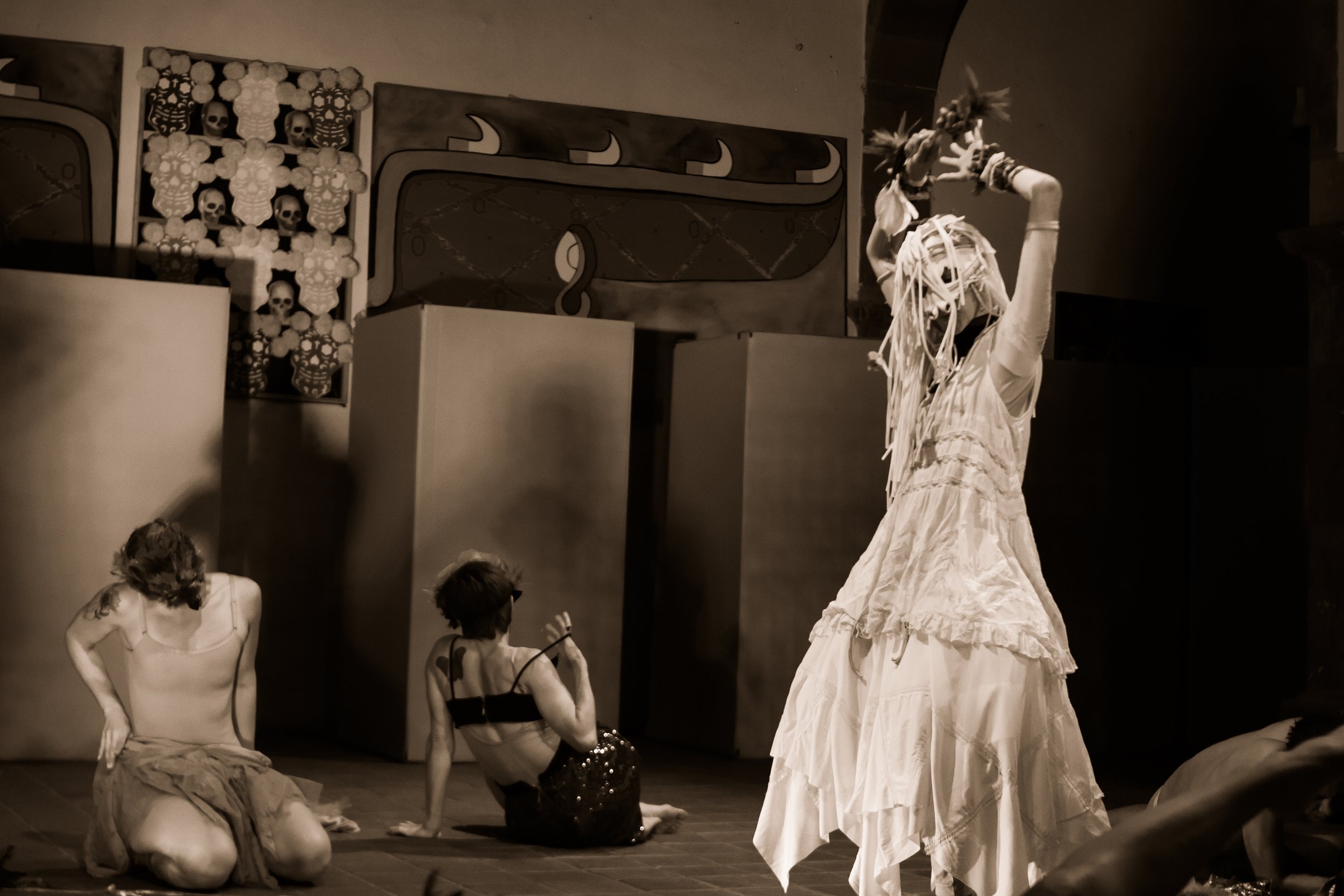
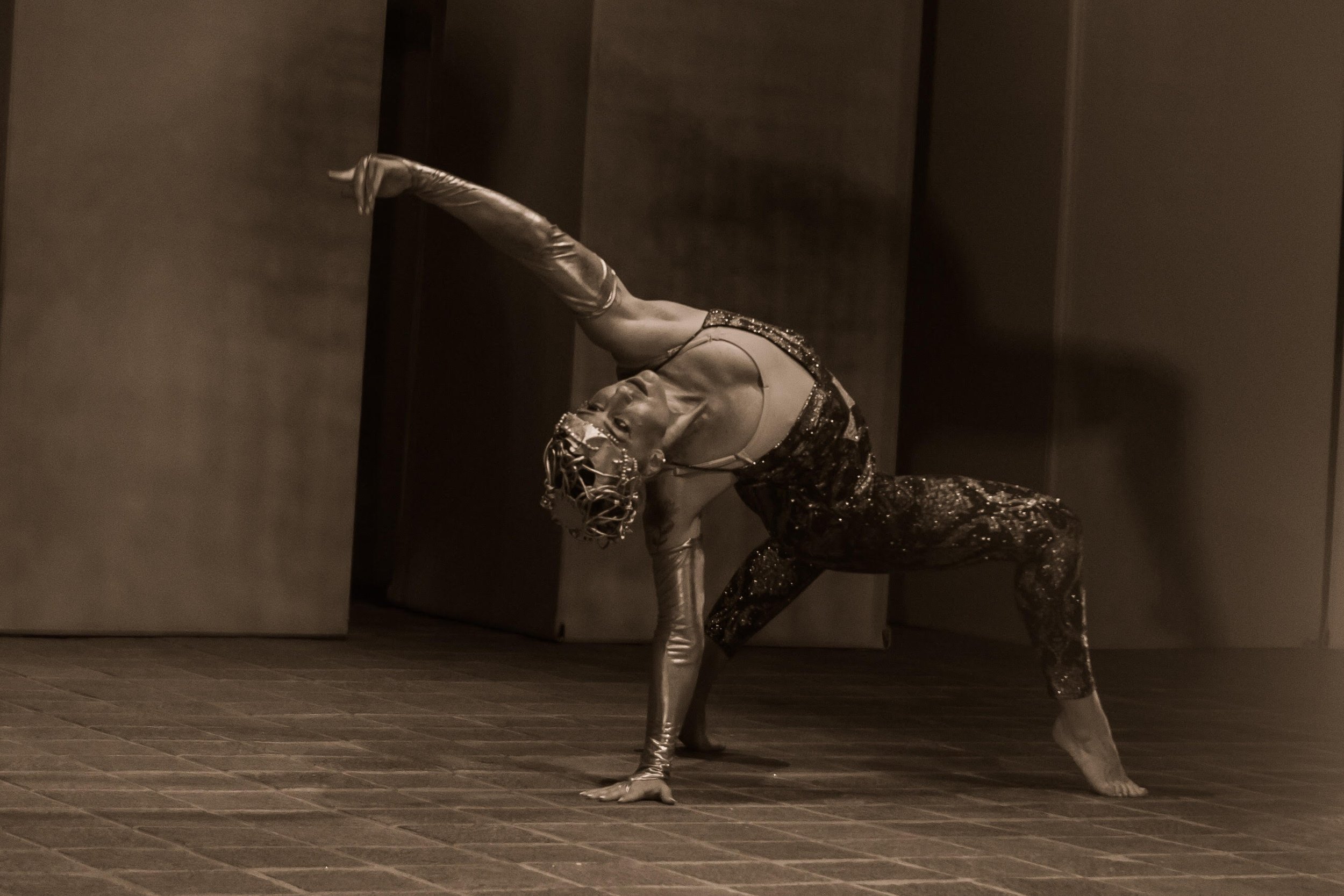
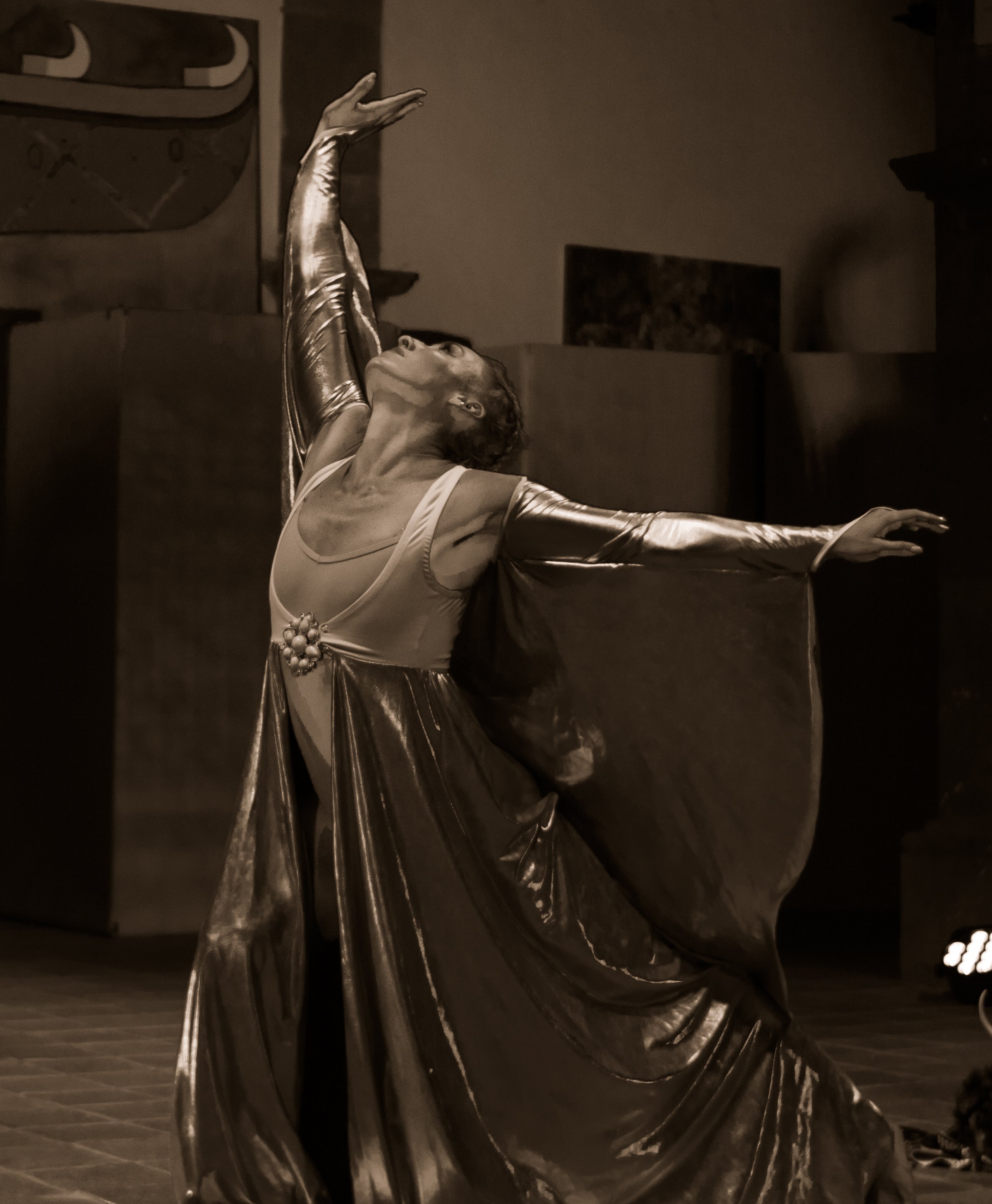
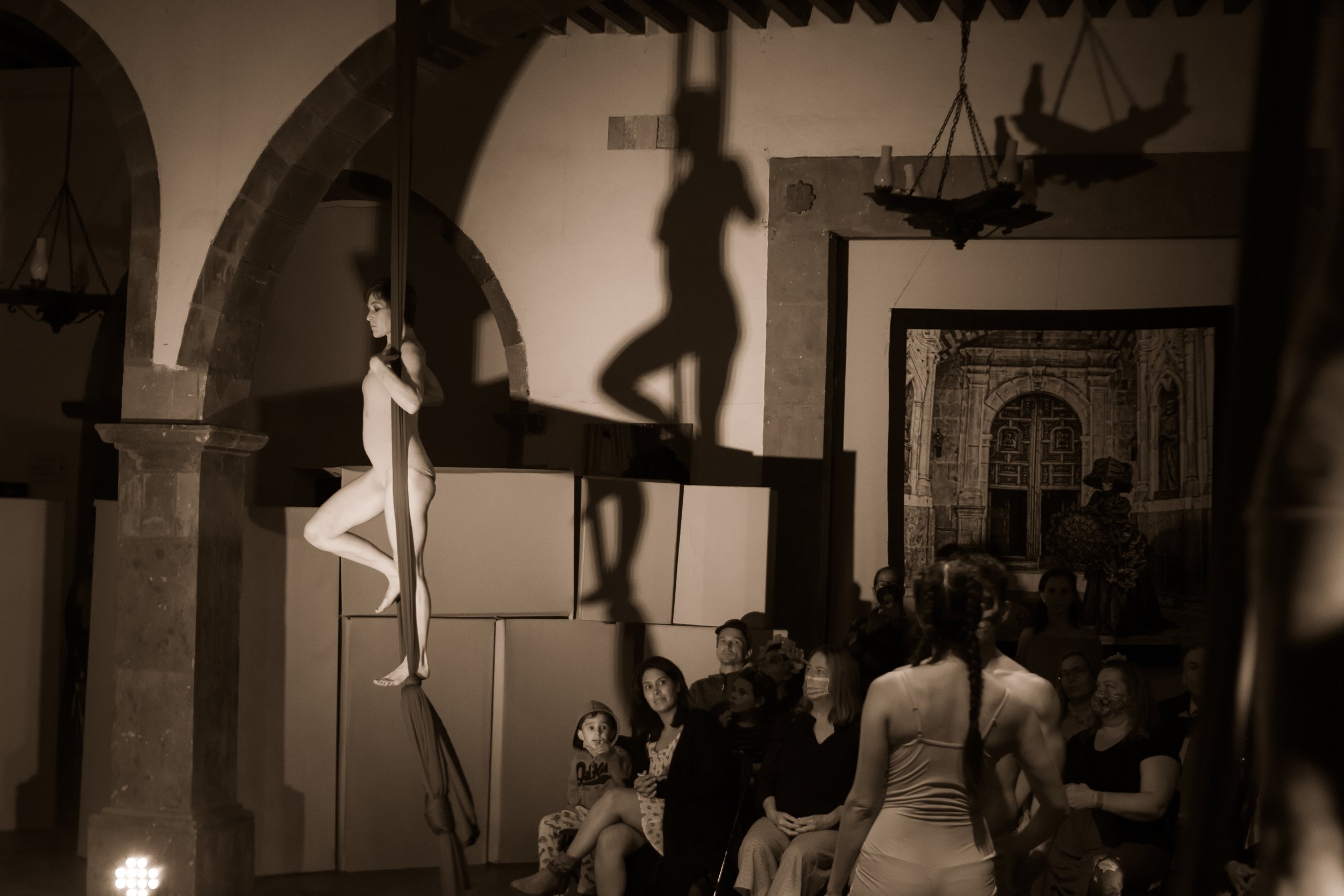
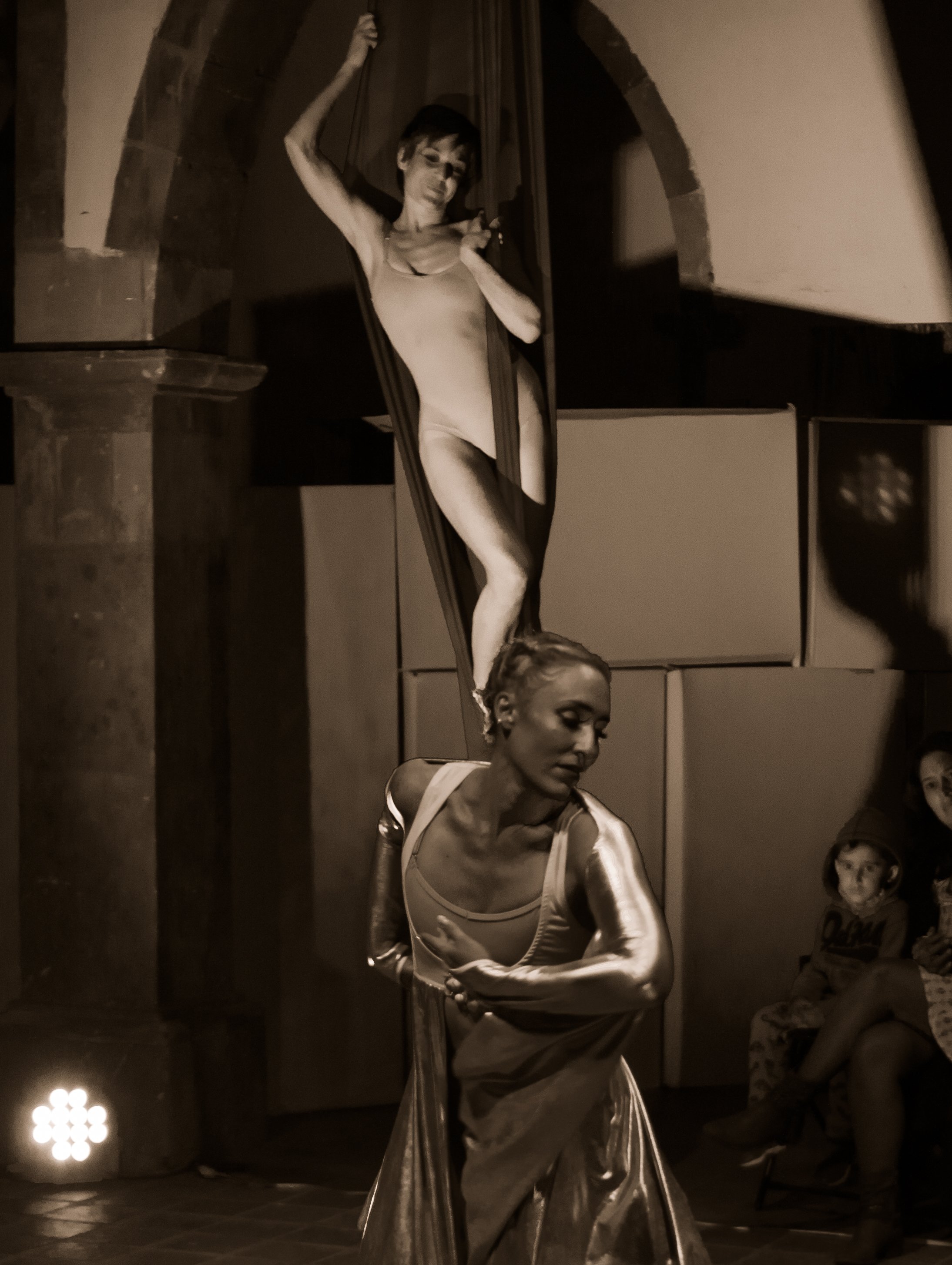
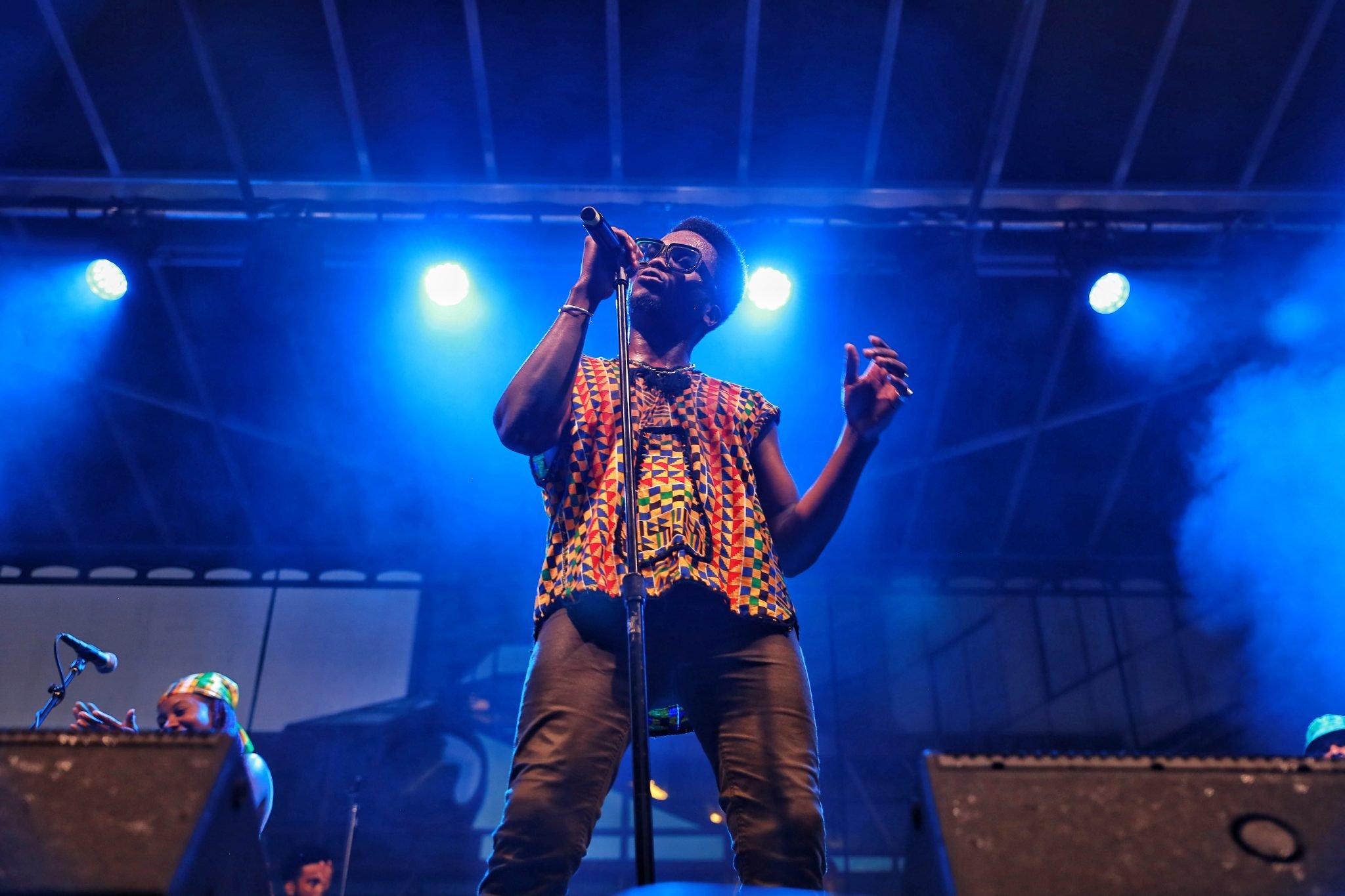
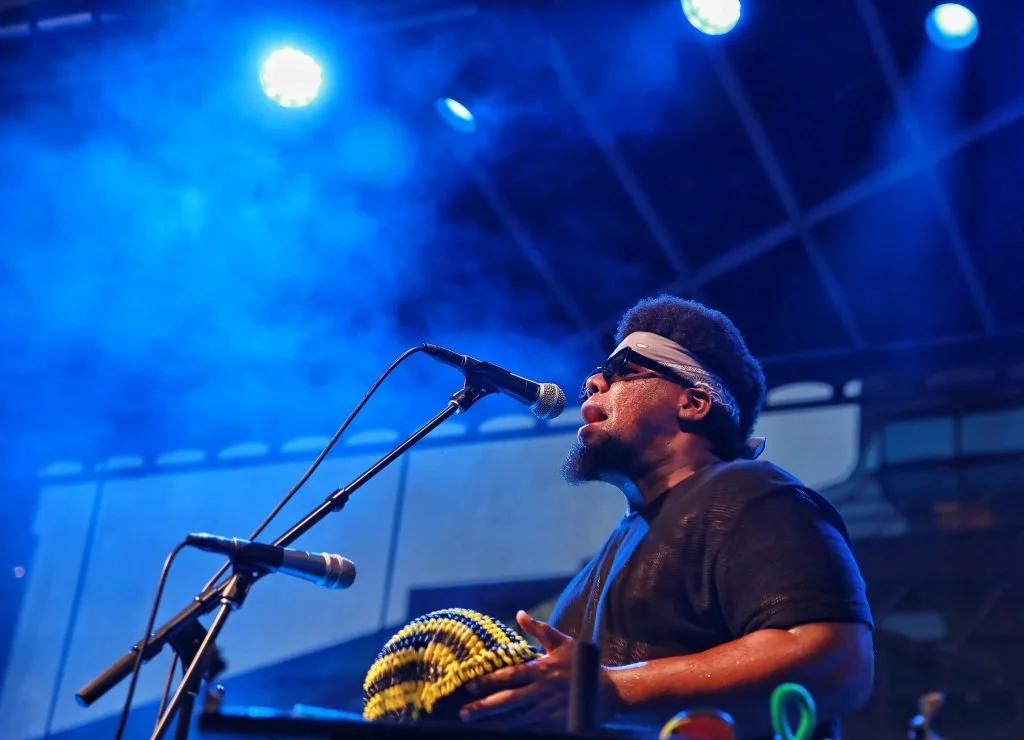
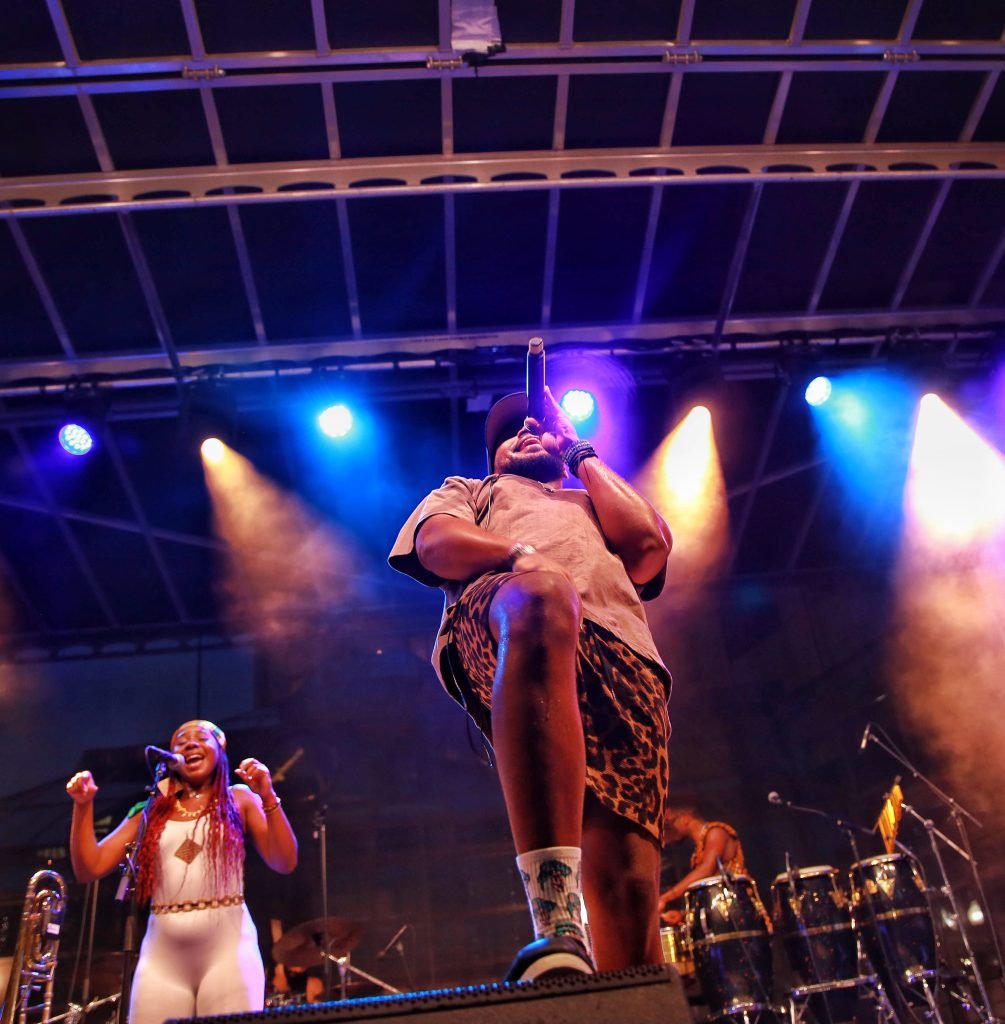
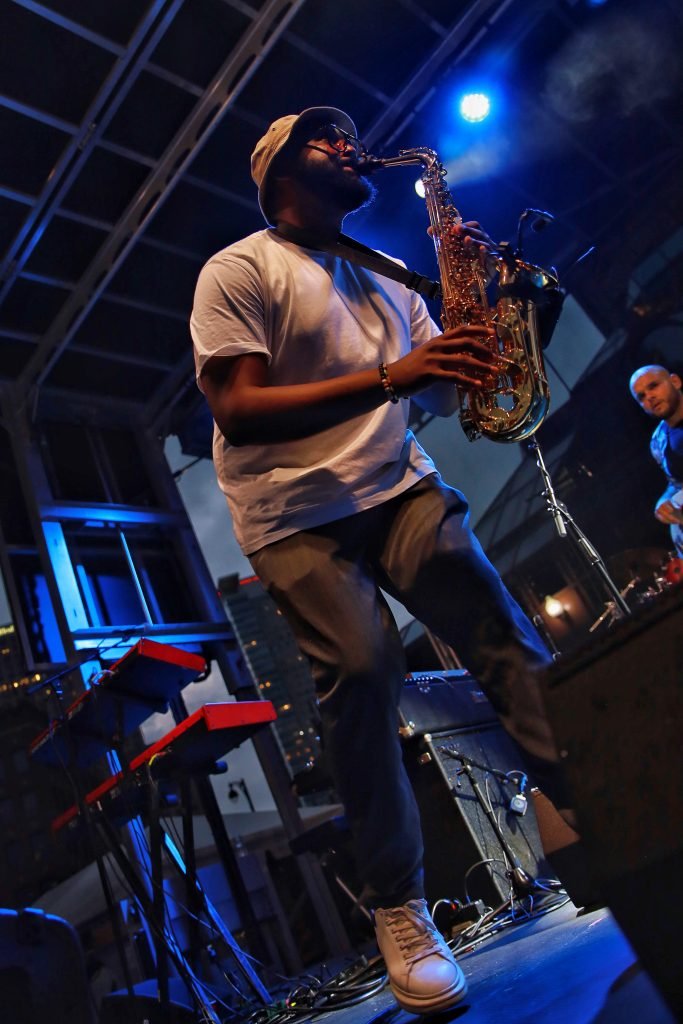
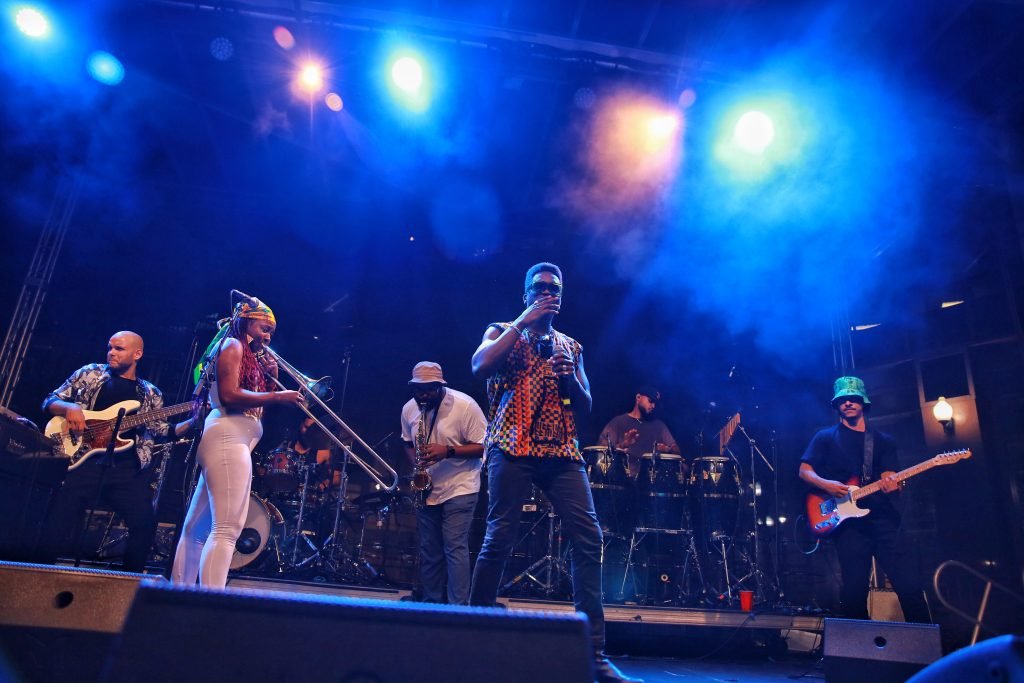
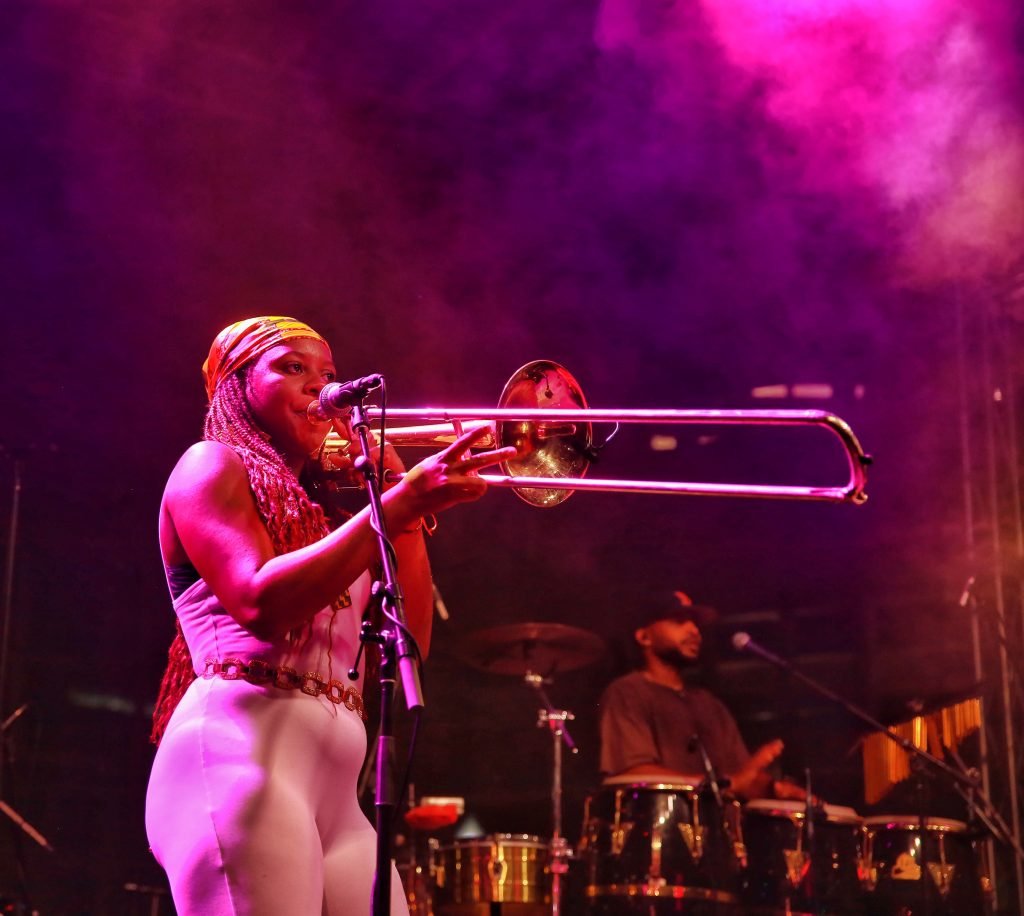
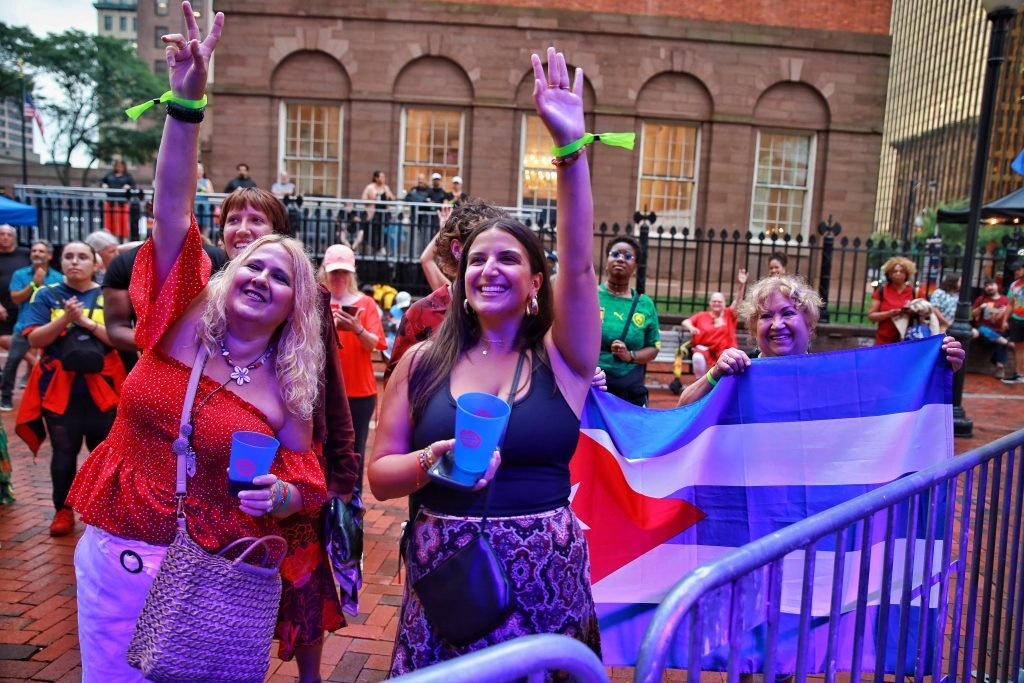
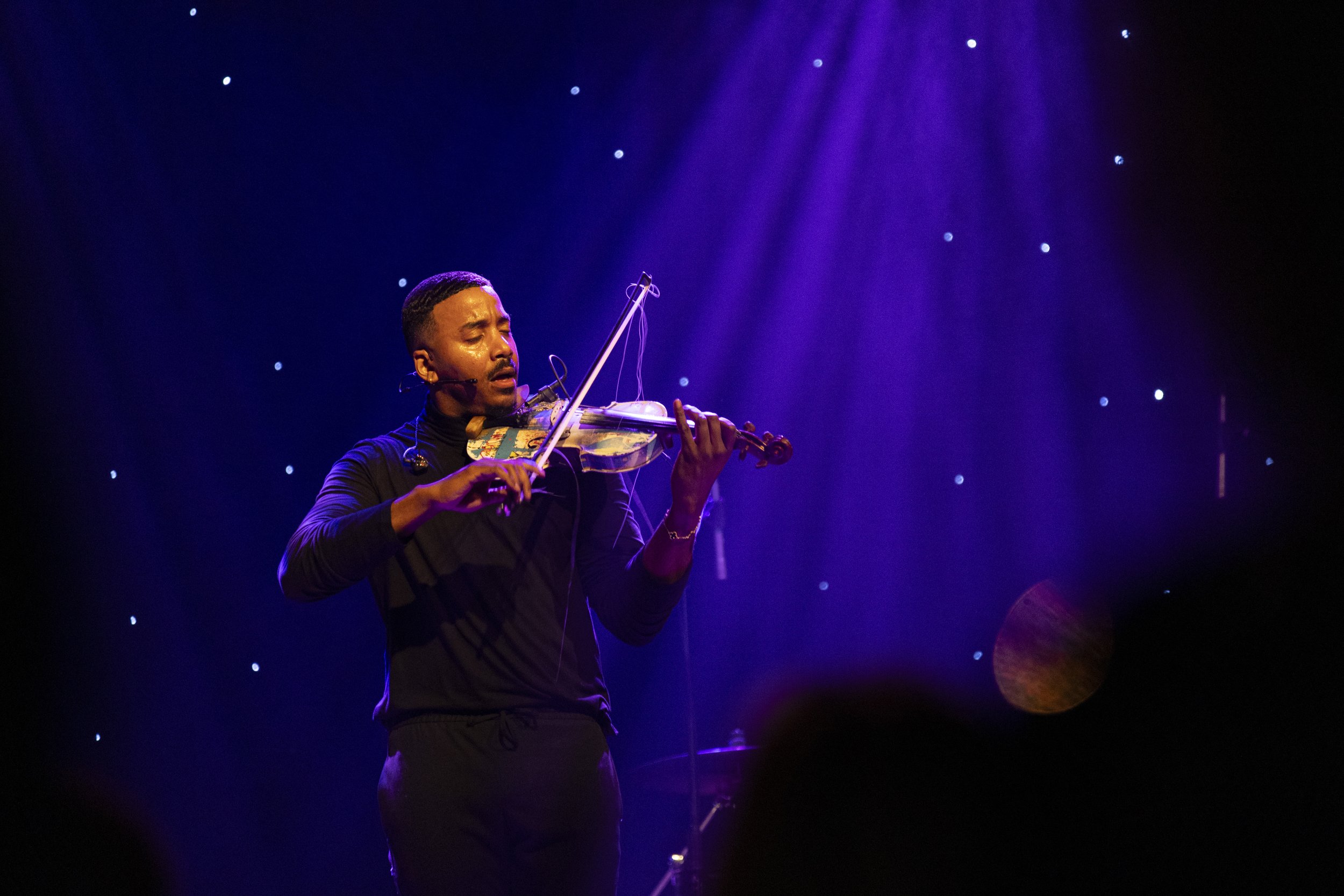
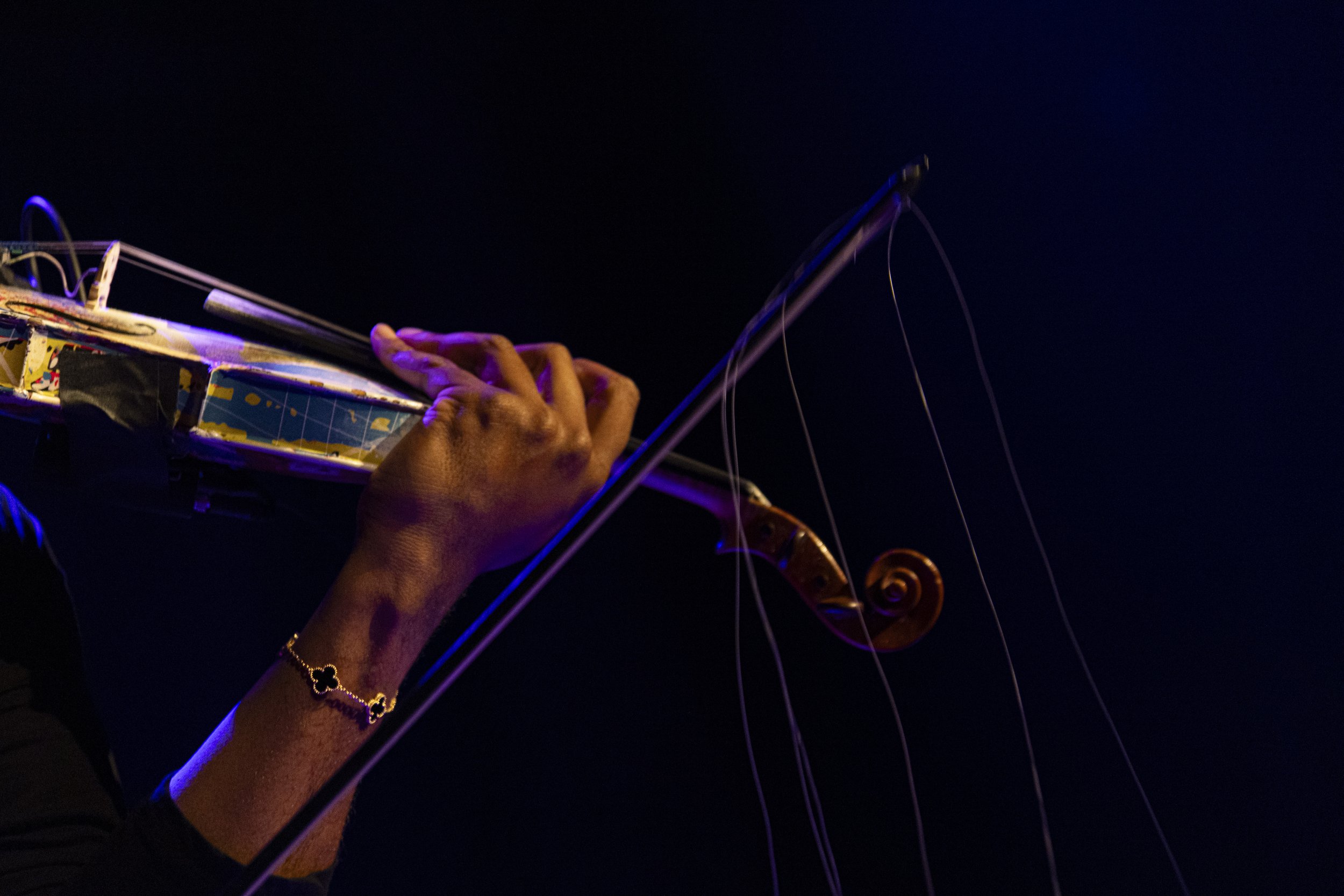
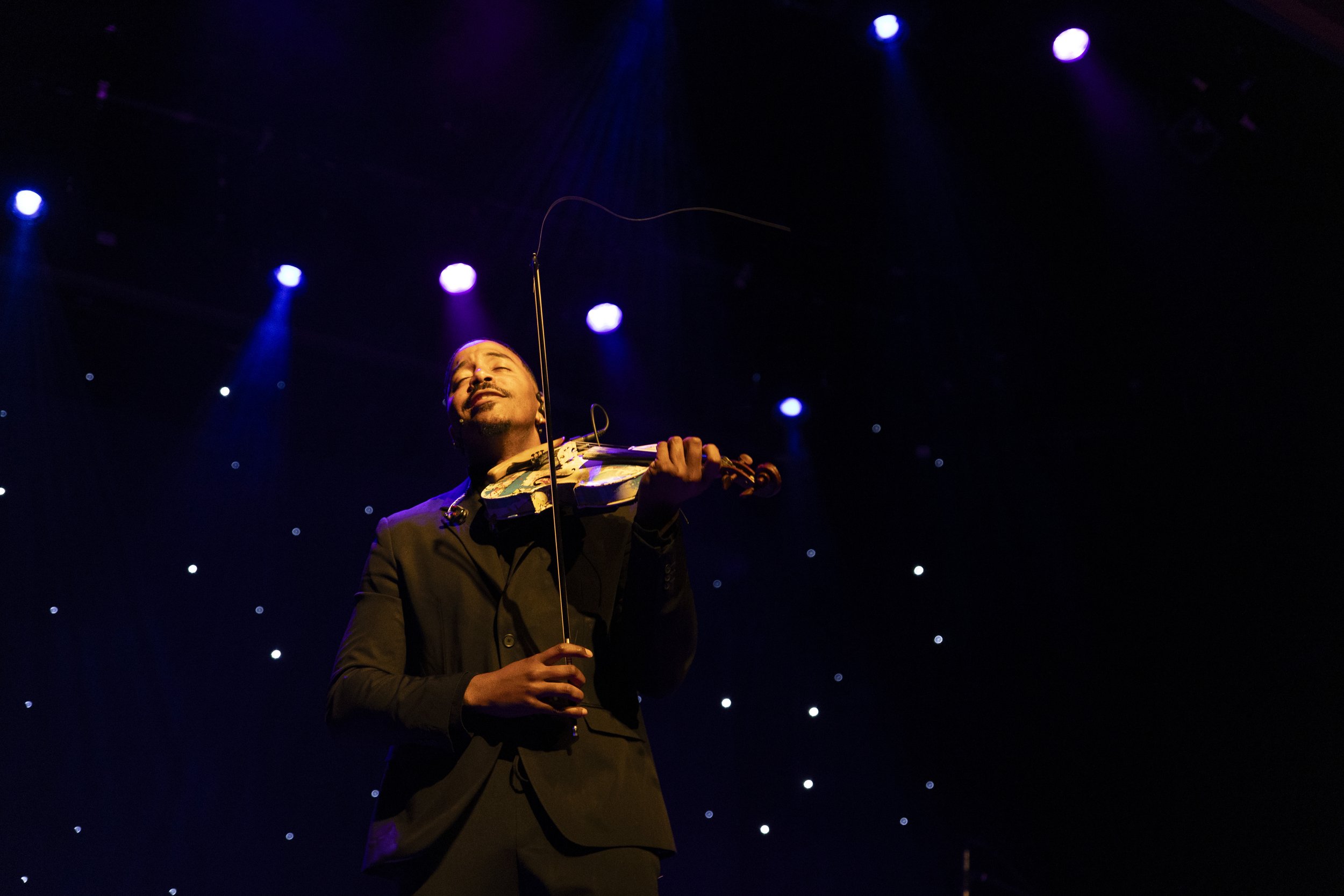

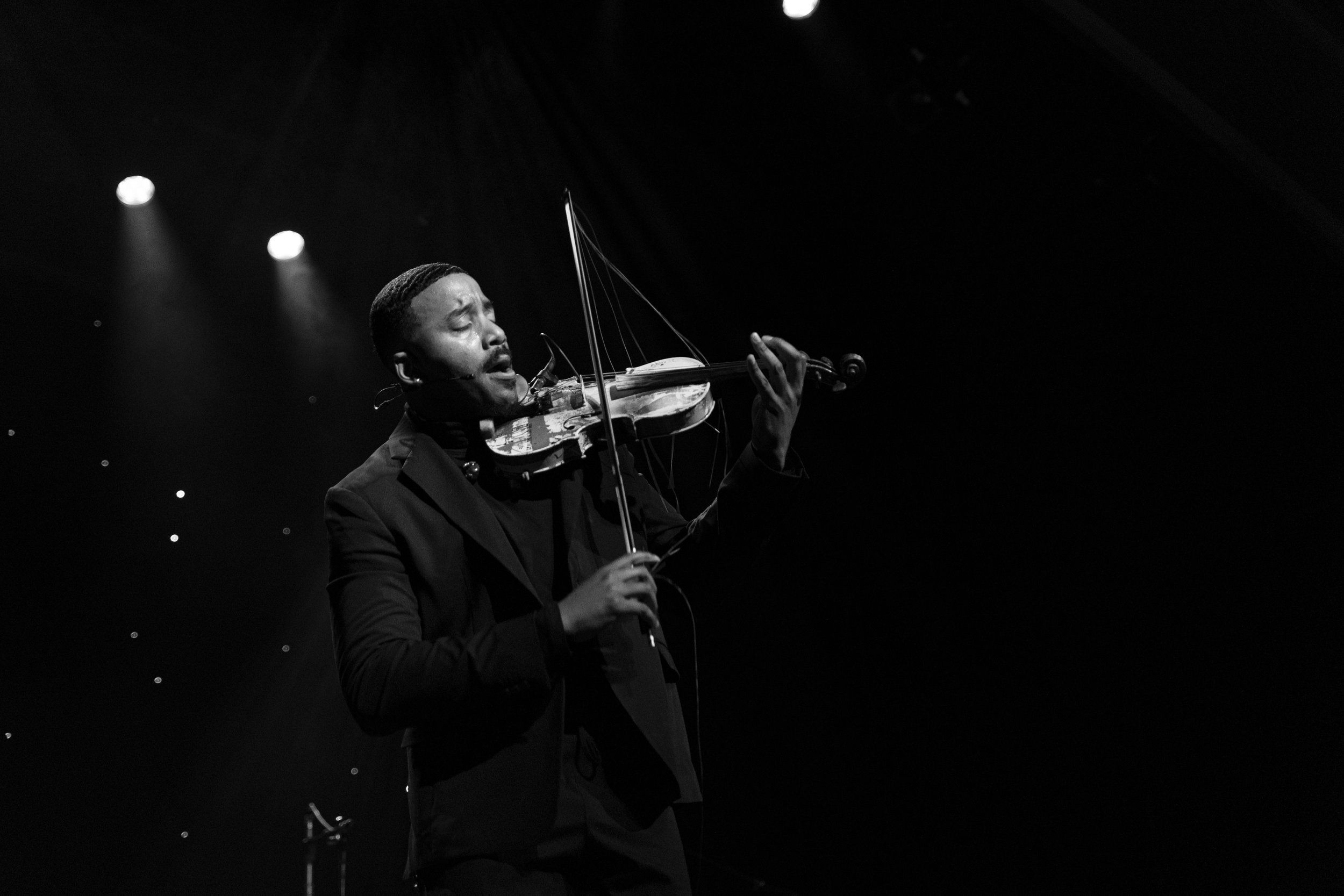
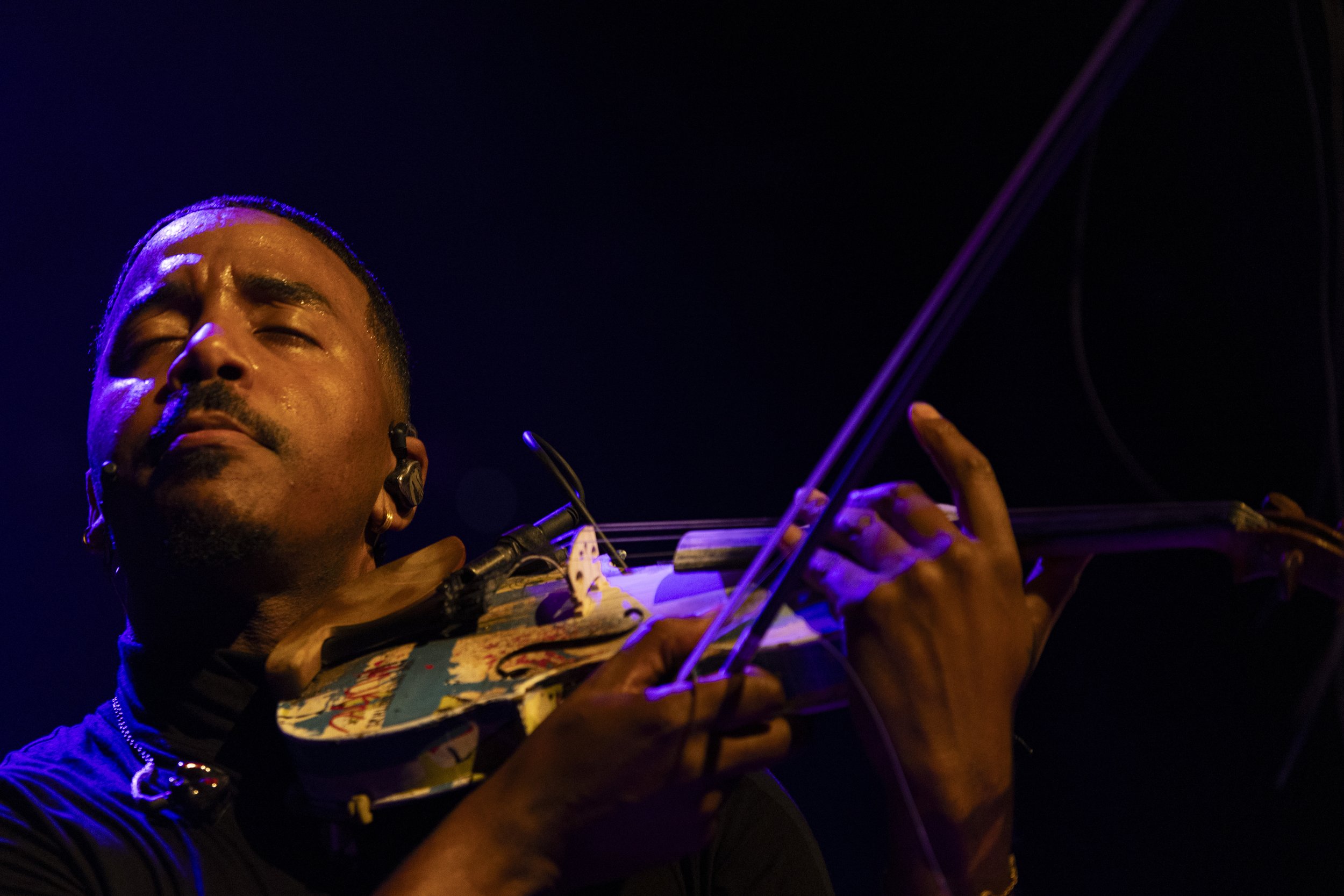
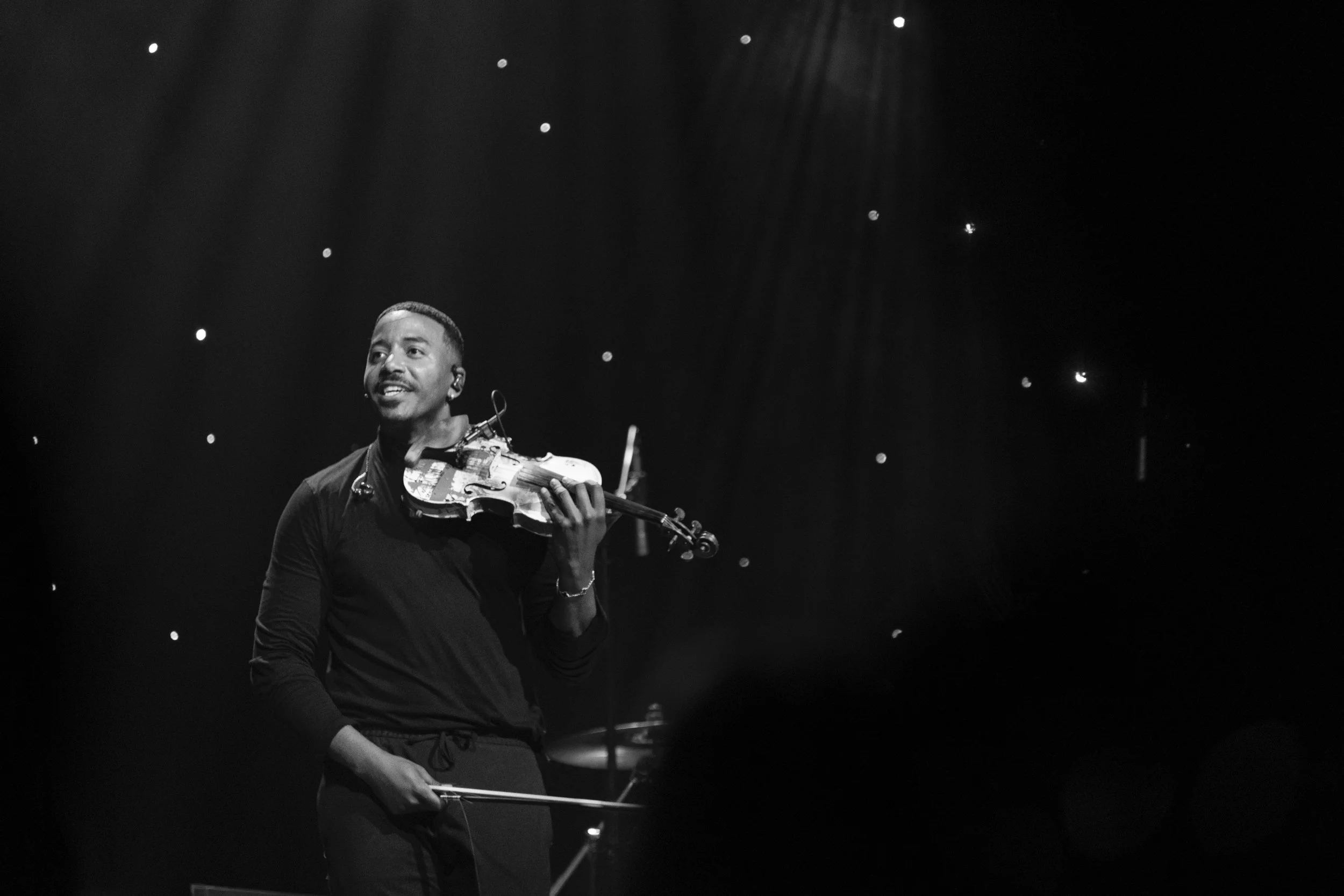
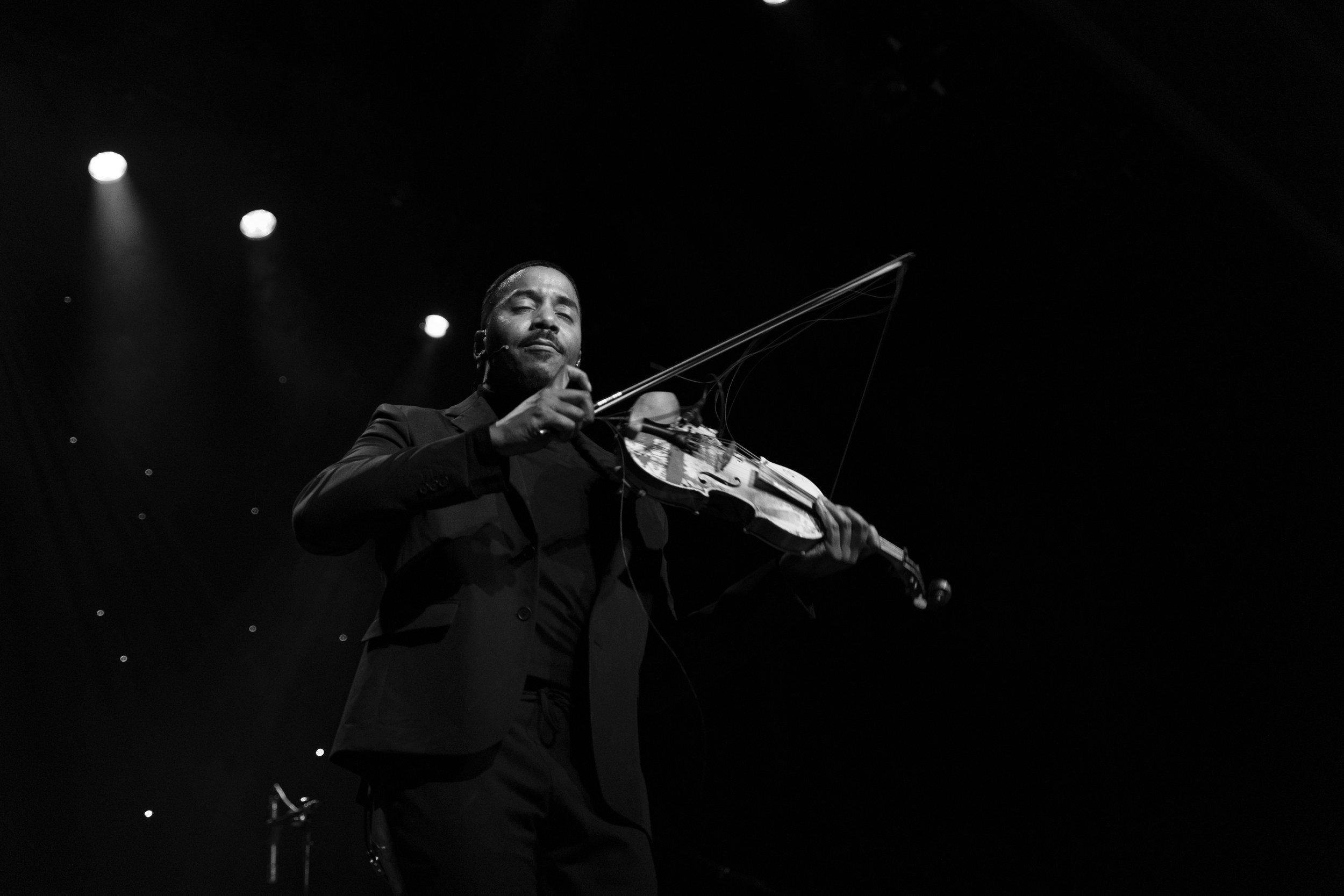
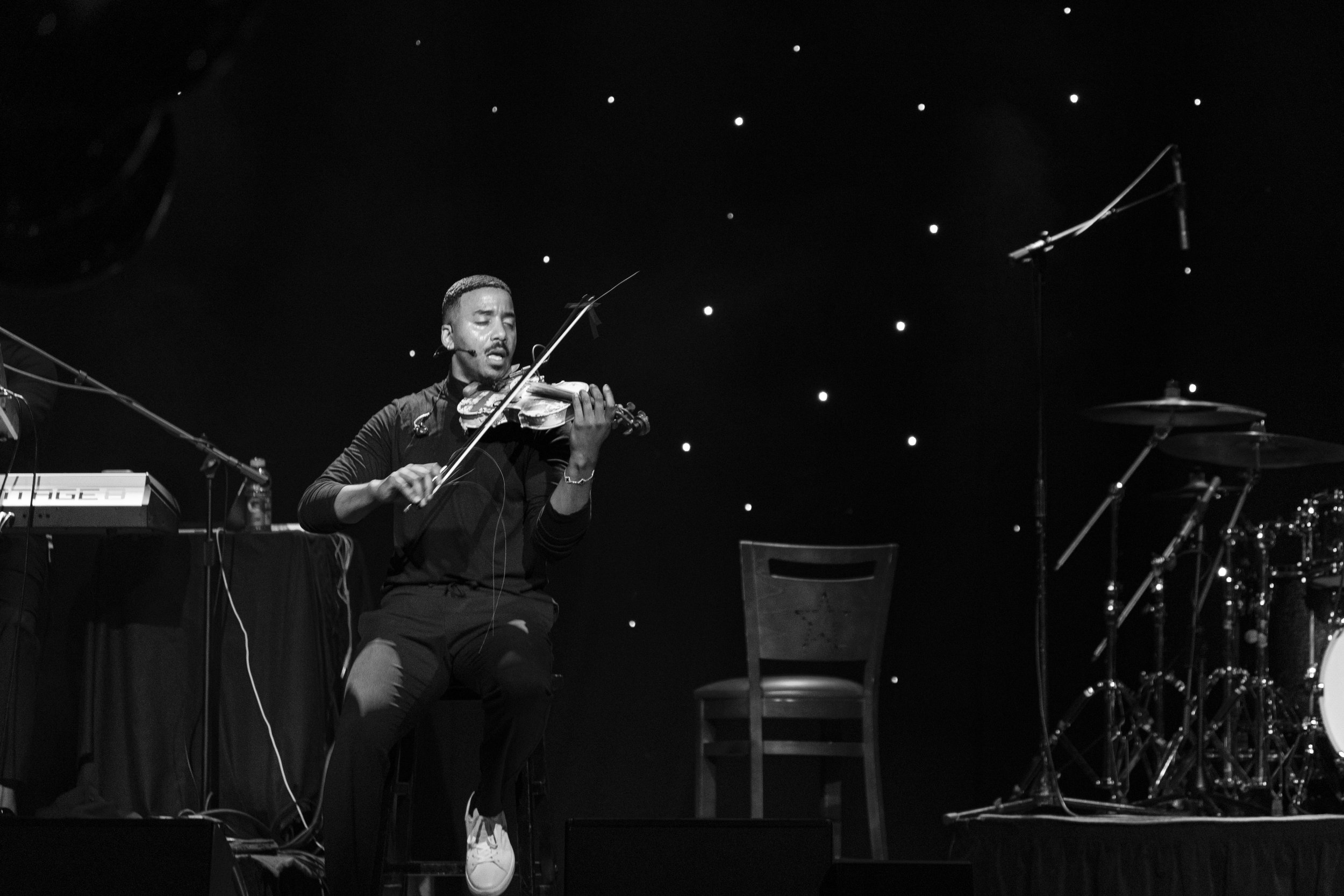
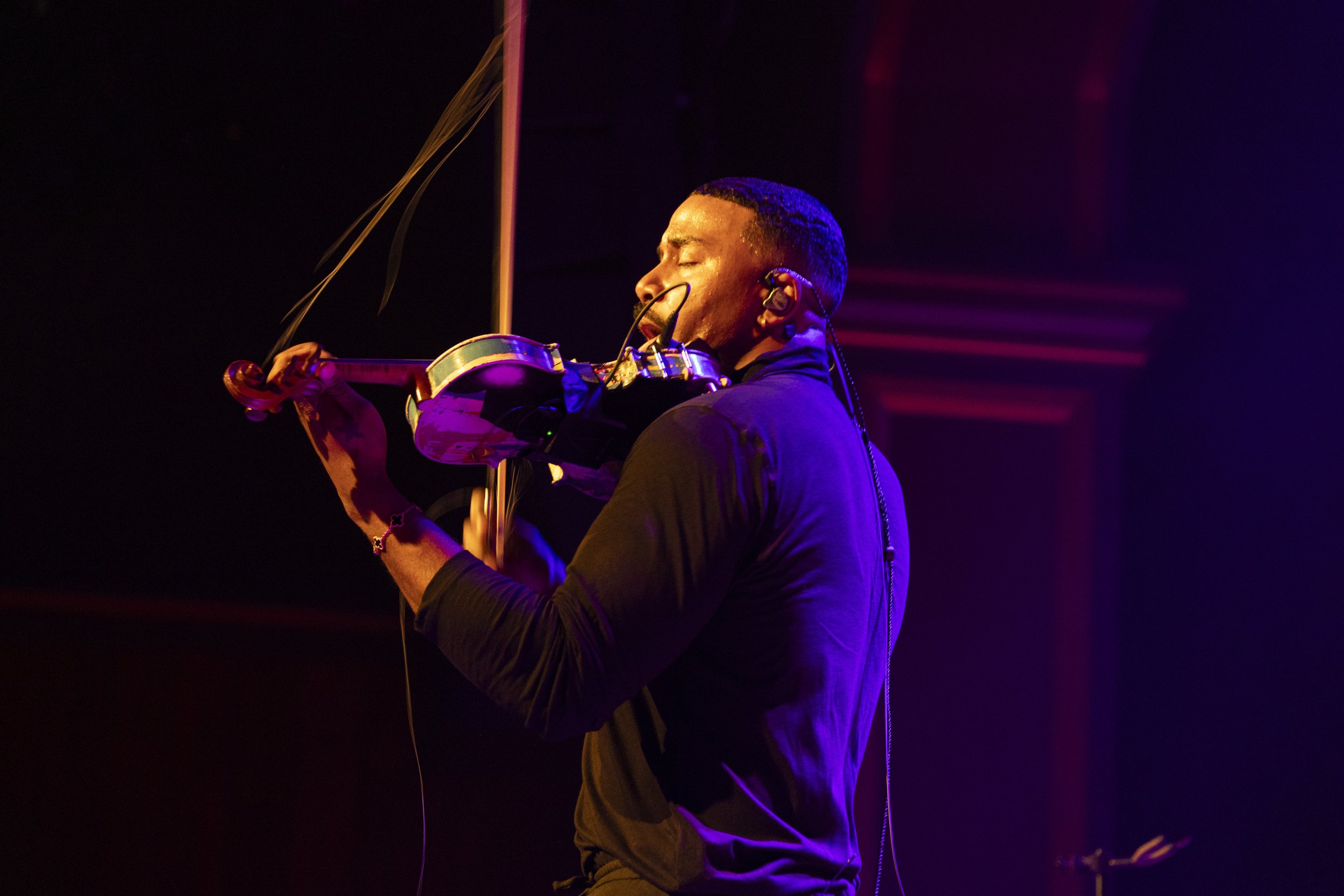
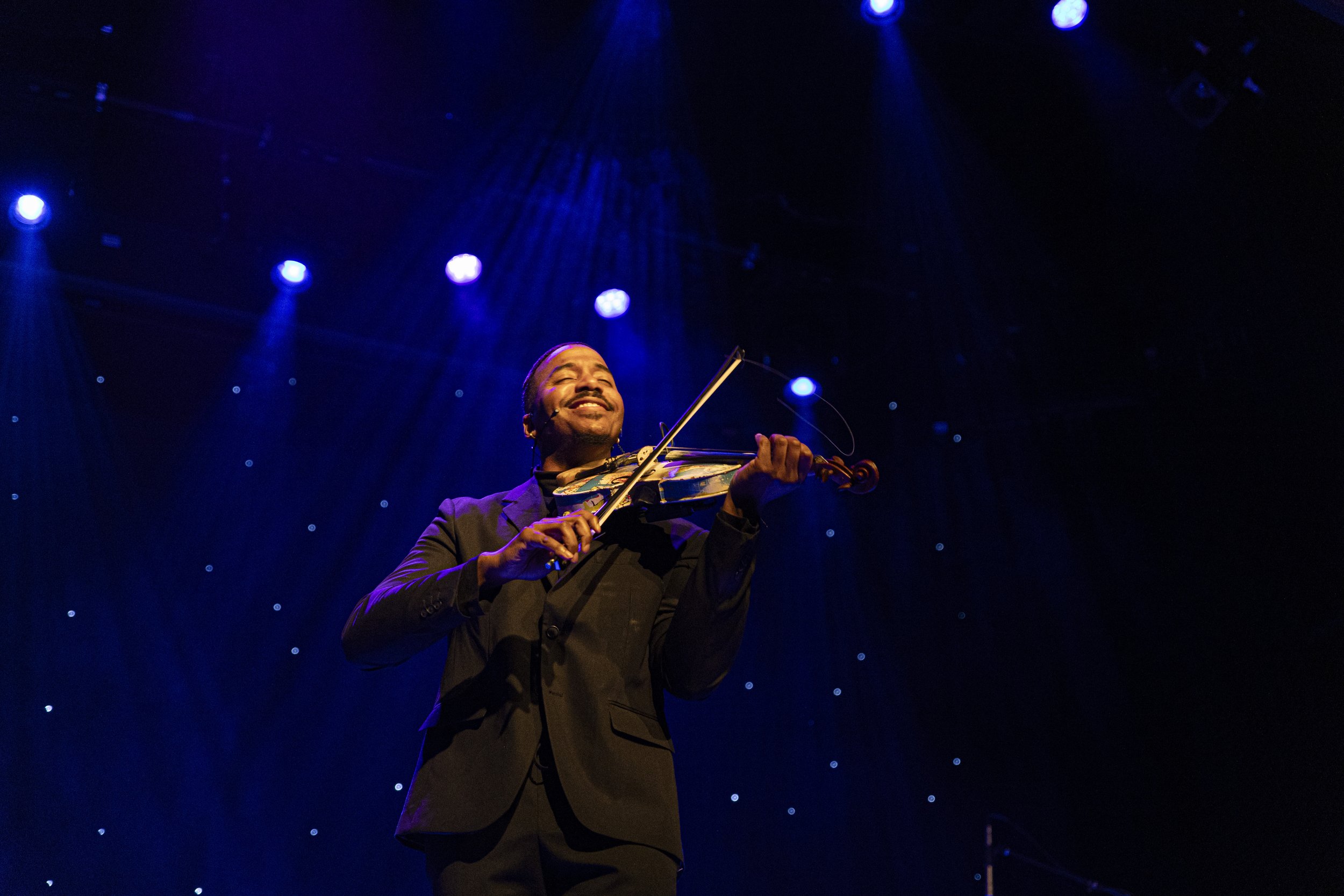
In short, performing arts photography will always be about capturing emotions but also capturing beauty and making the best of people’s angles. I believe—I may be wrong, though—that there is a strong correlation between performances and sports.
In reality, both sports and performances involve anticipation, knowledge of the craft and the people, and taking many… many photos.
I cannot deny it: performing art photography is one of the most fun assignments a photographer can have. Nevertheless, whoever takes on it, needs to be committed to adventure, learning and not letting his music, dance or drama taste influence his/her work.



